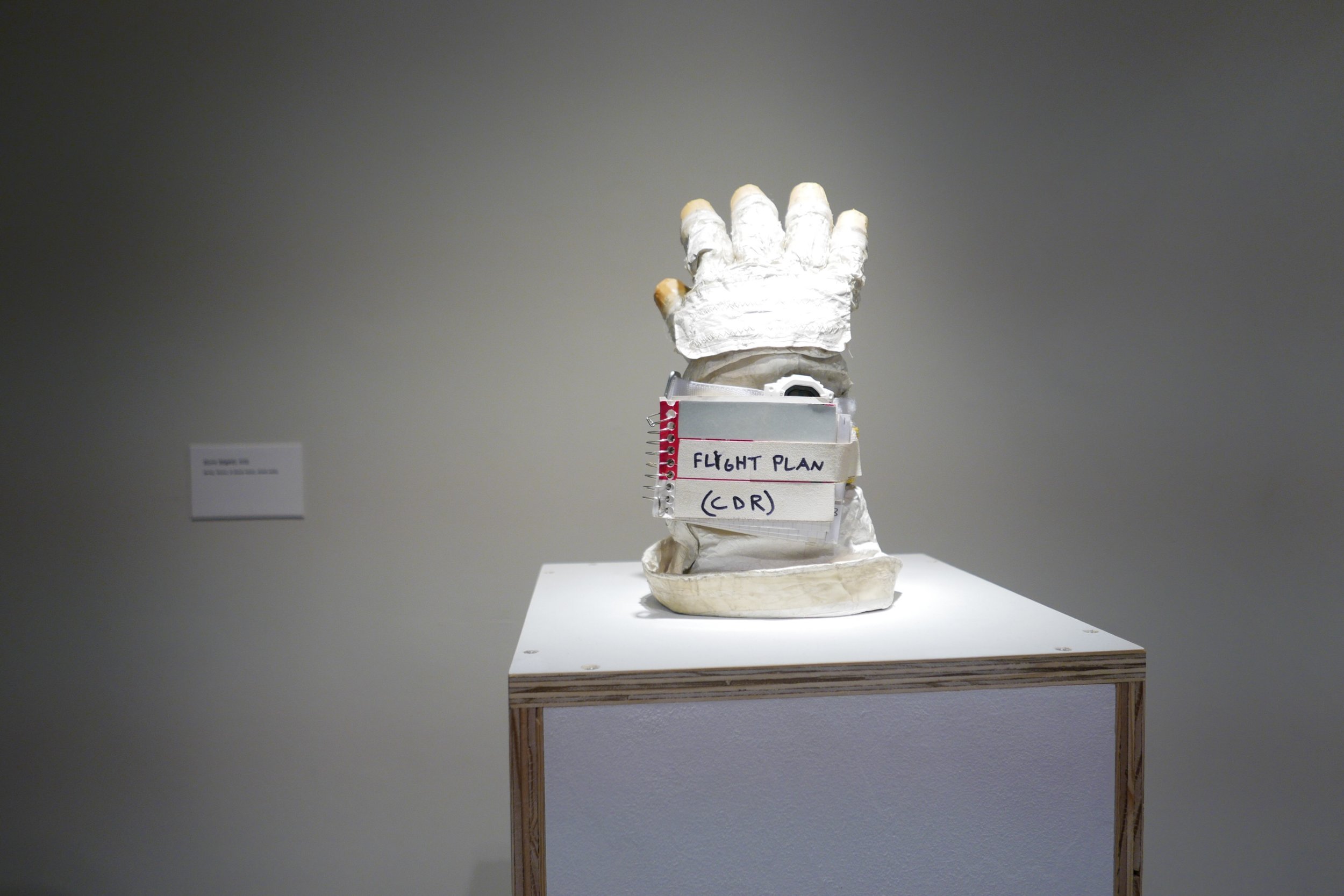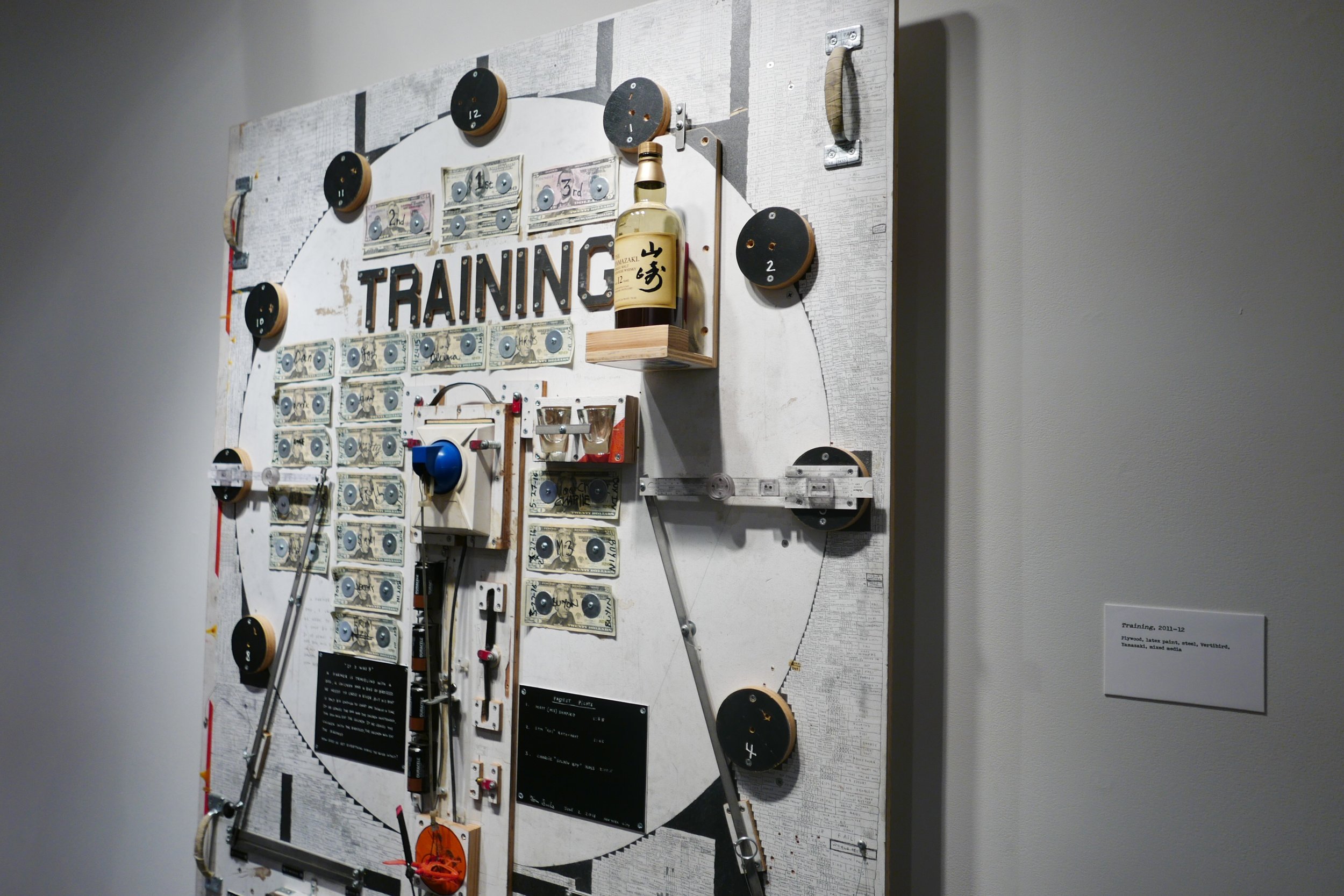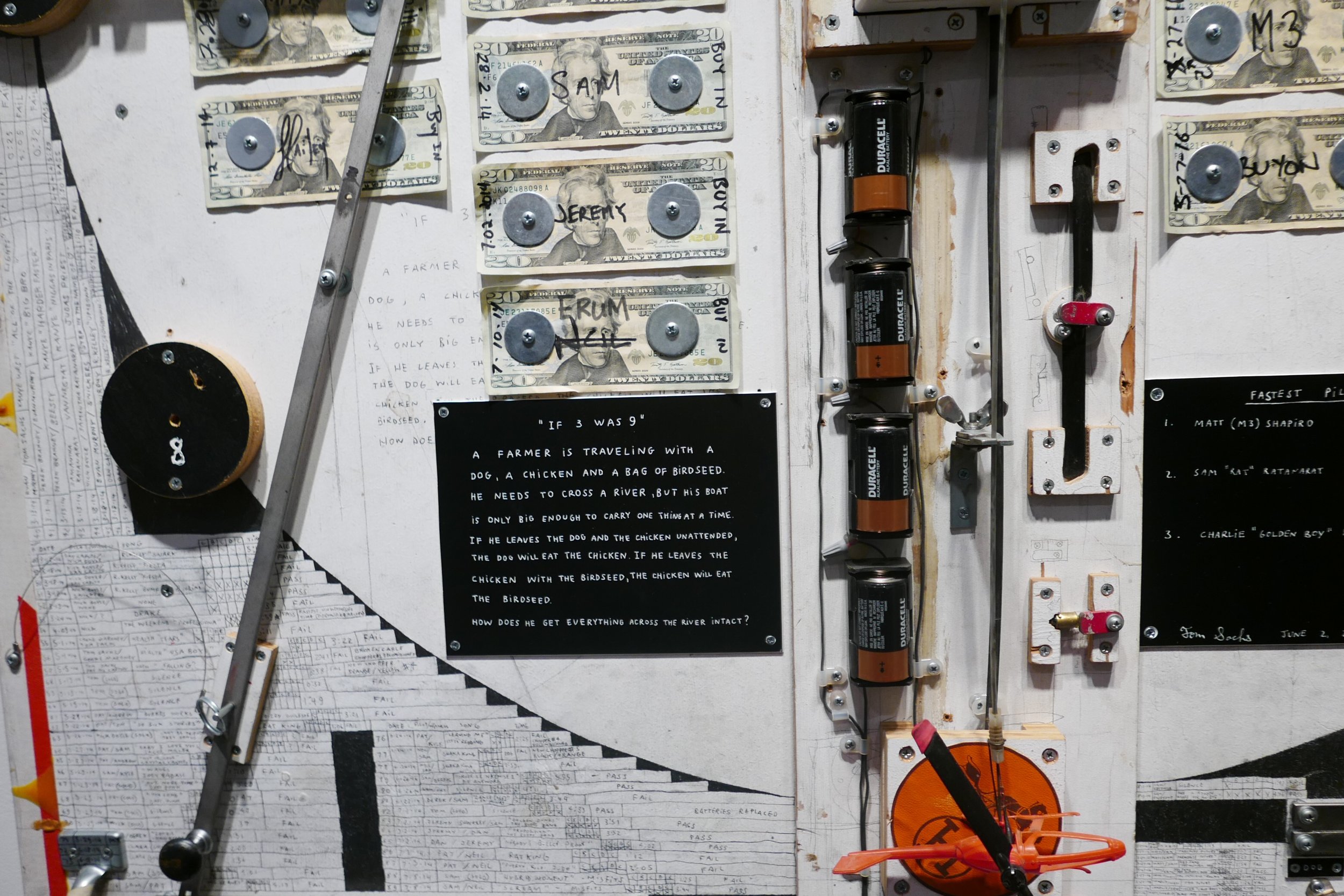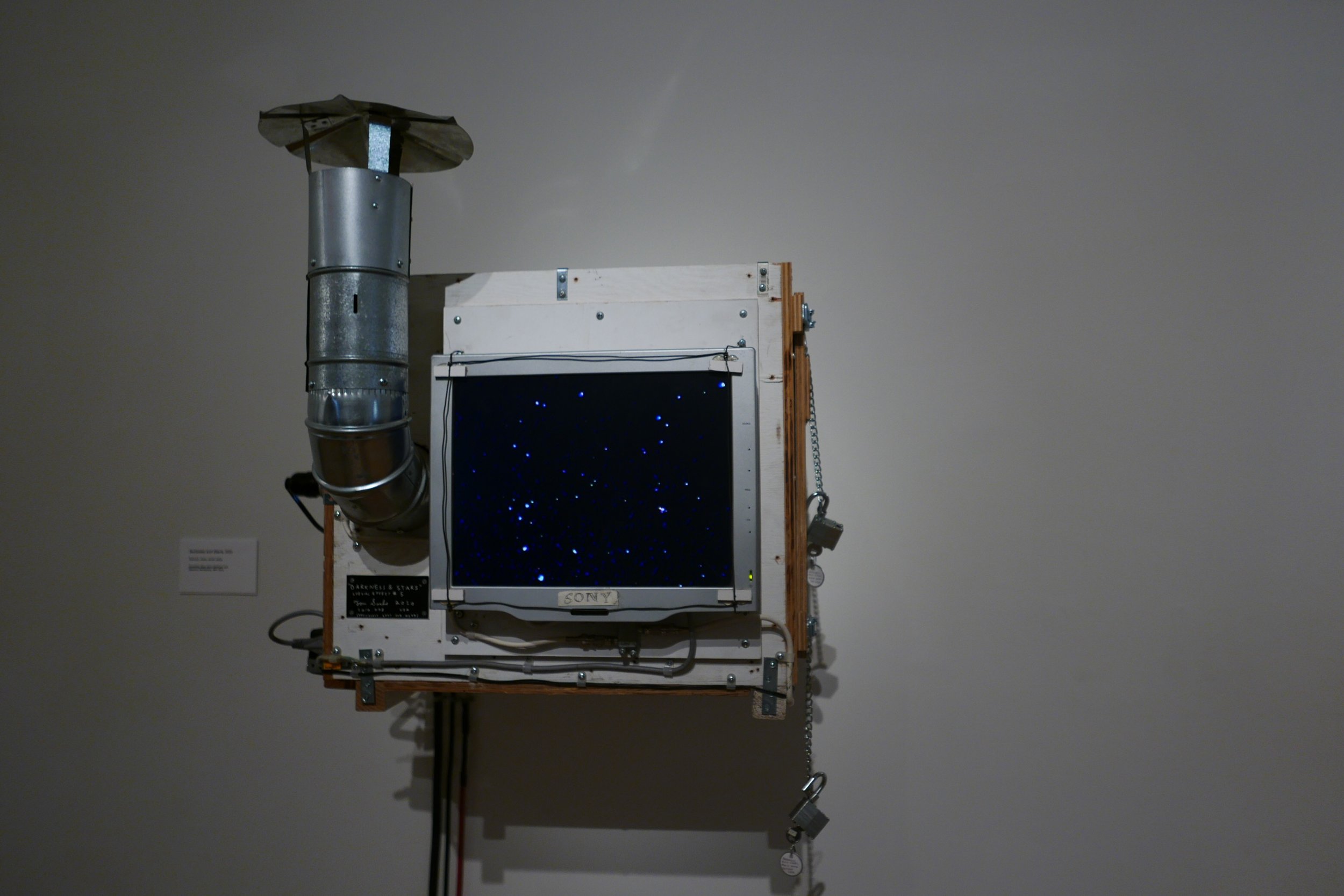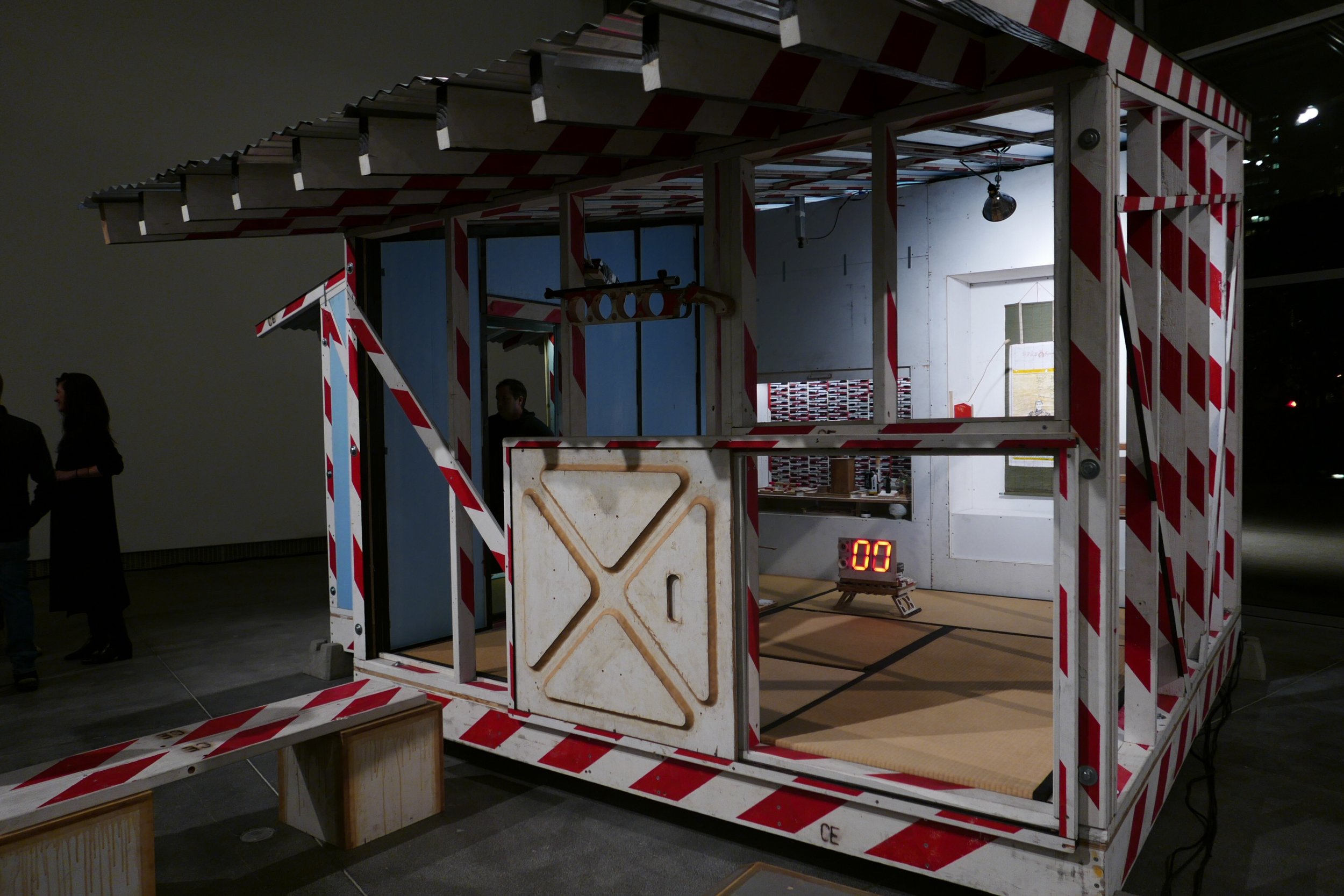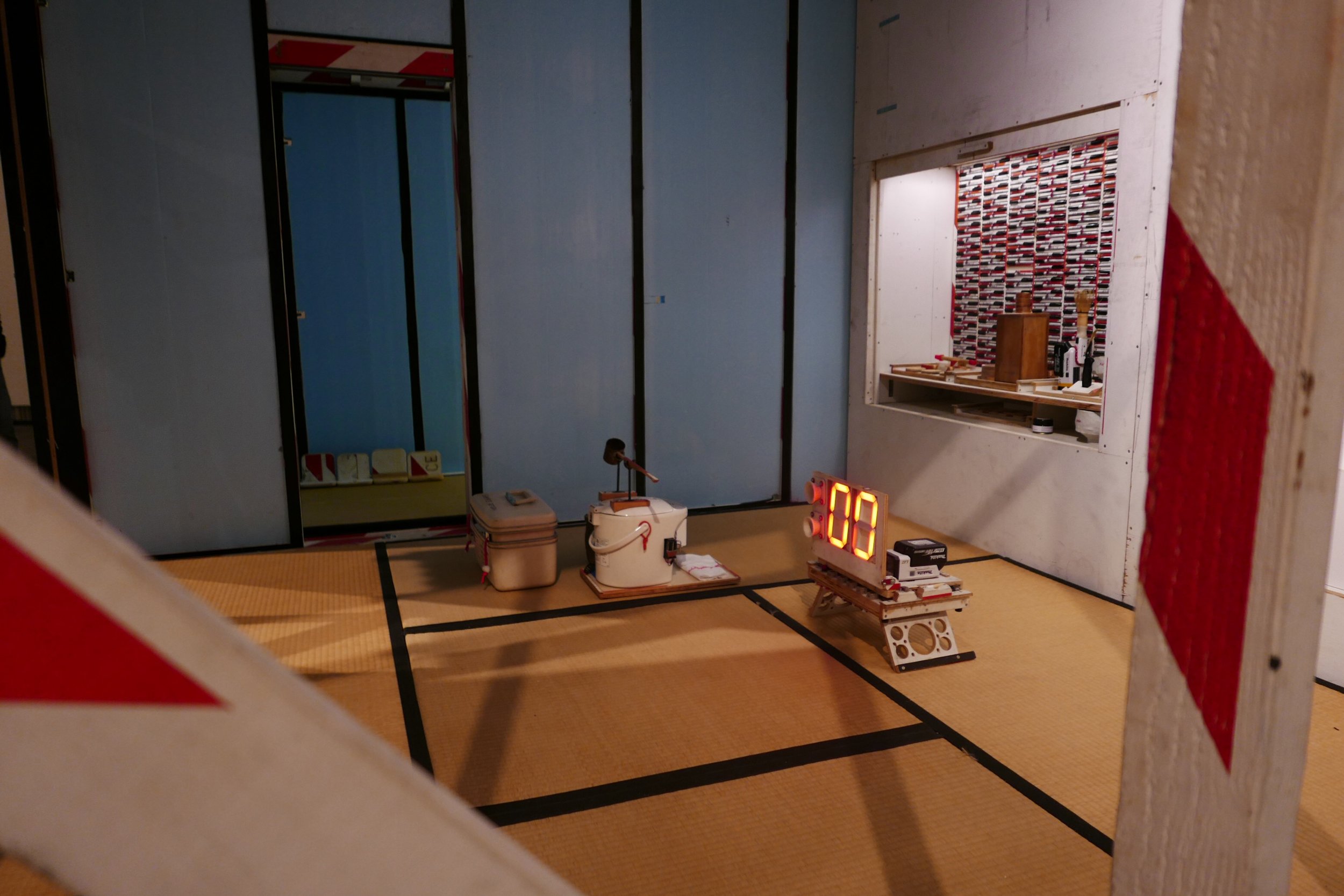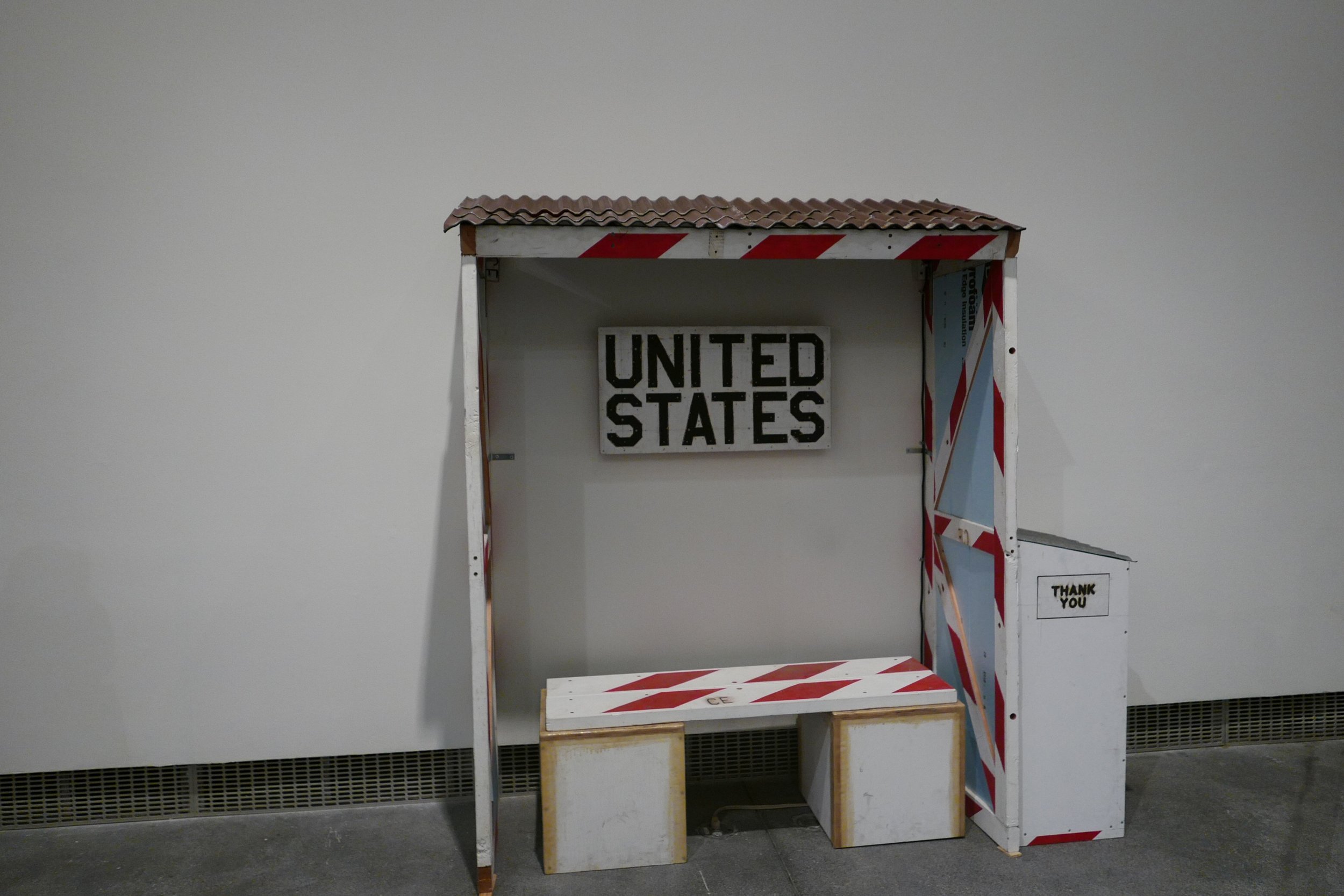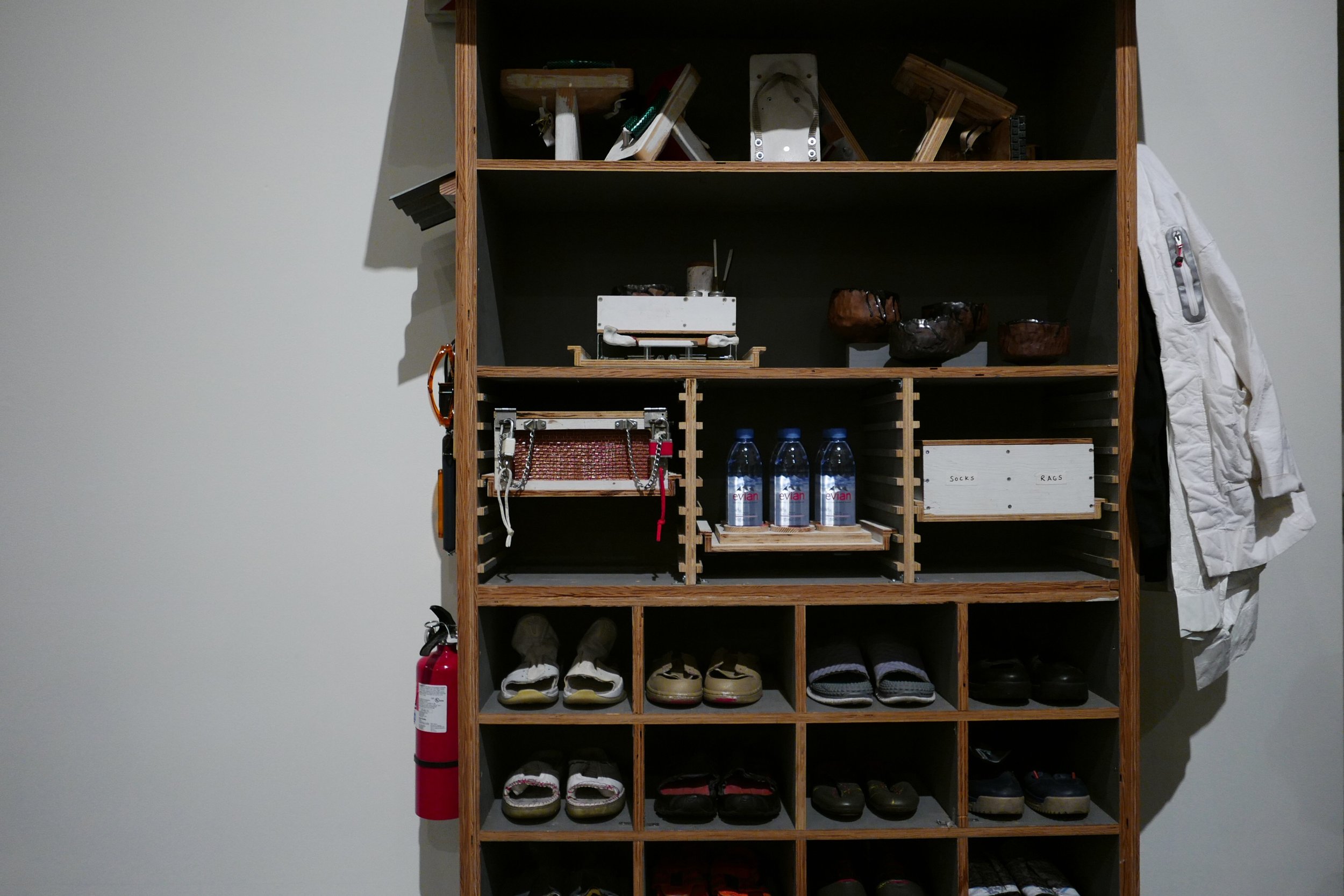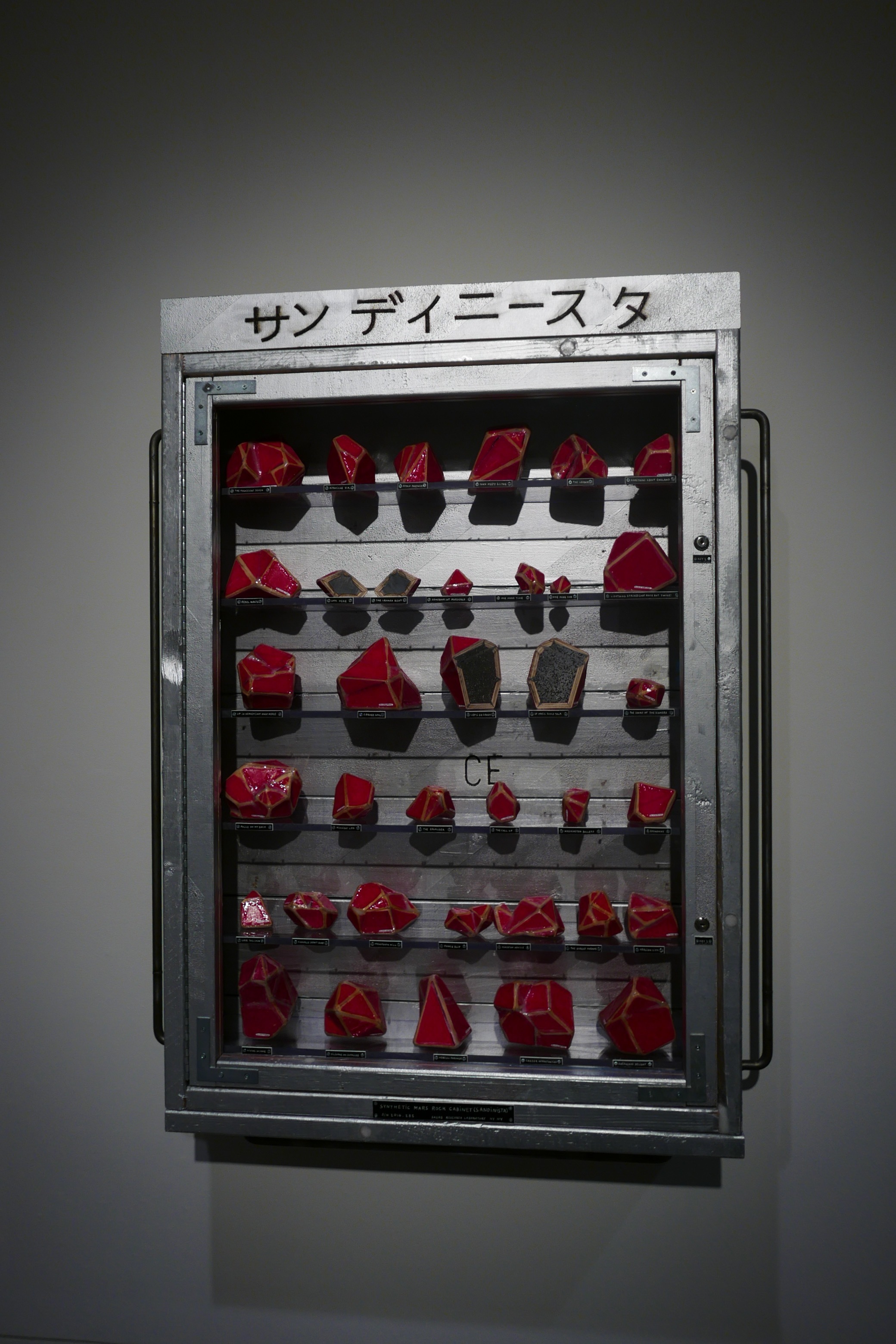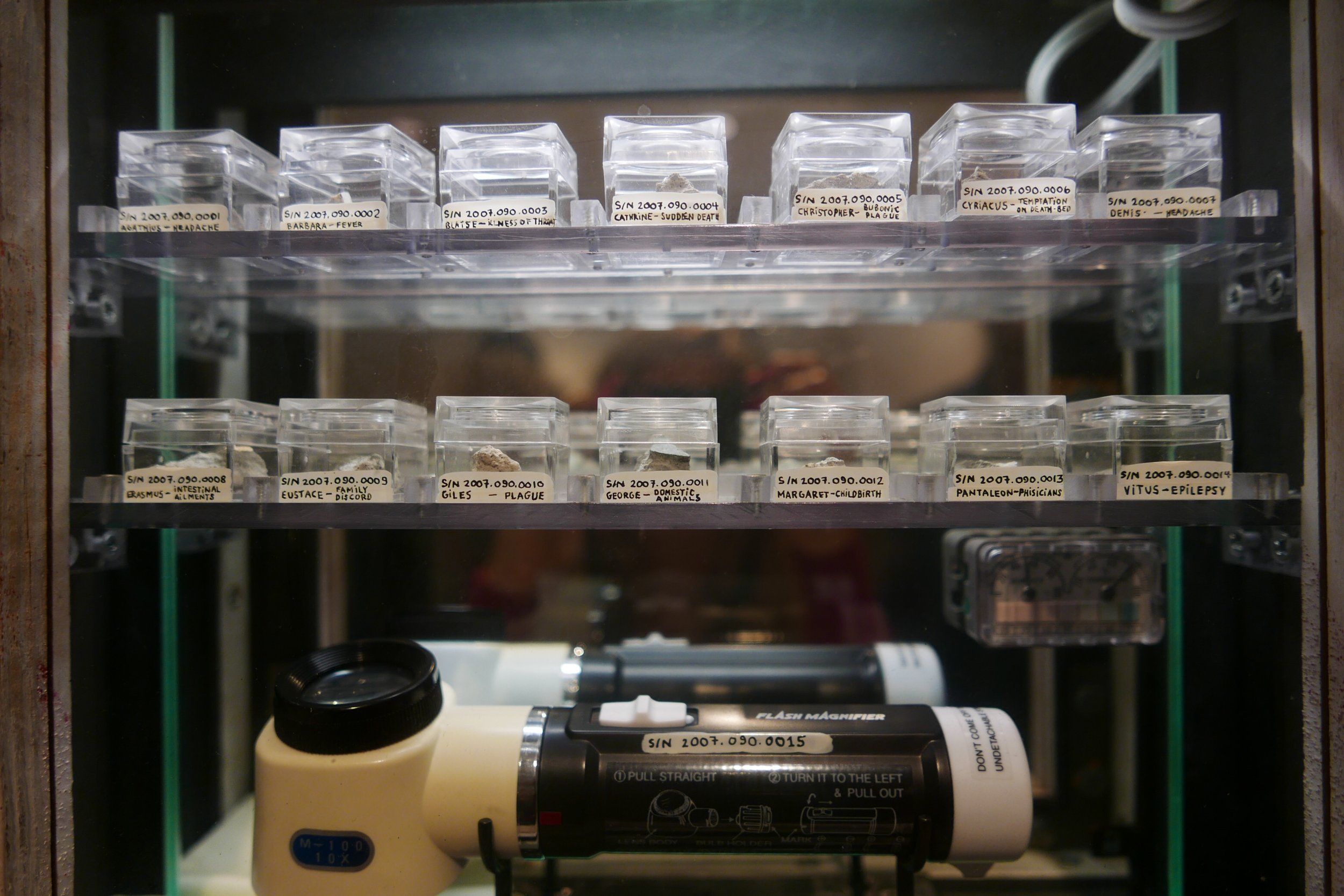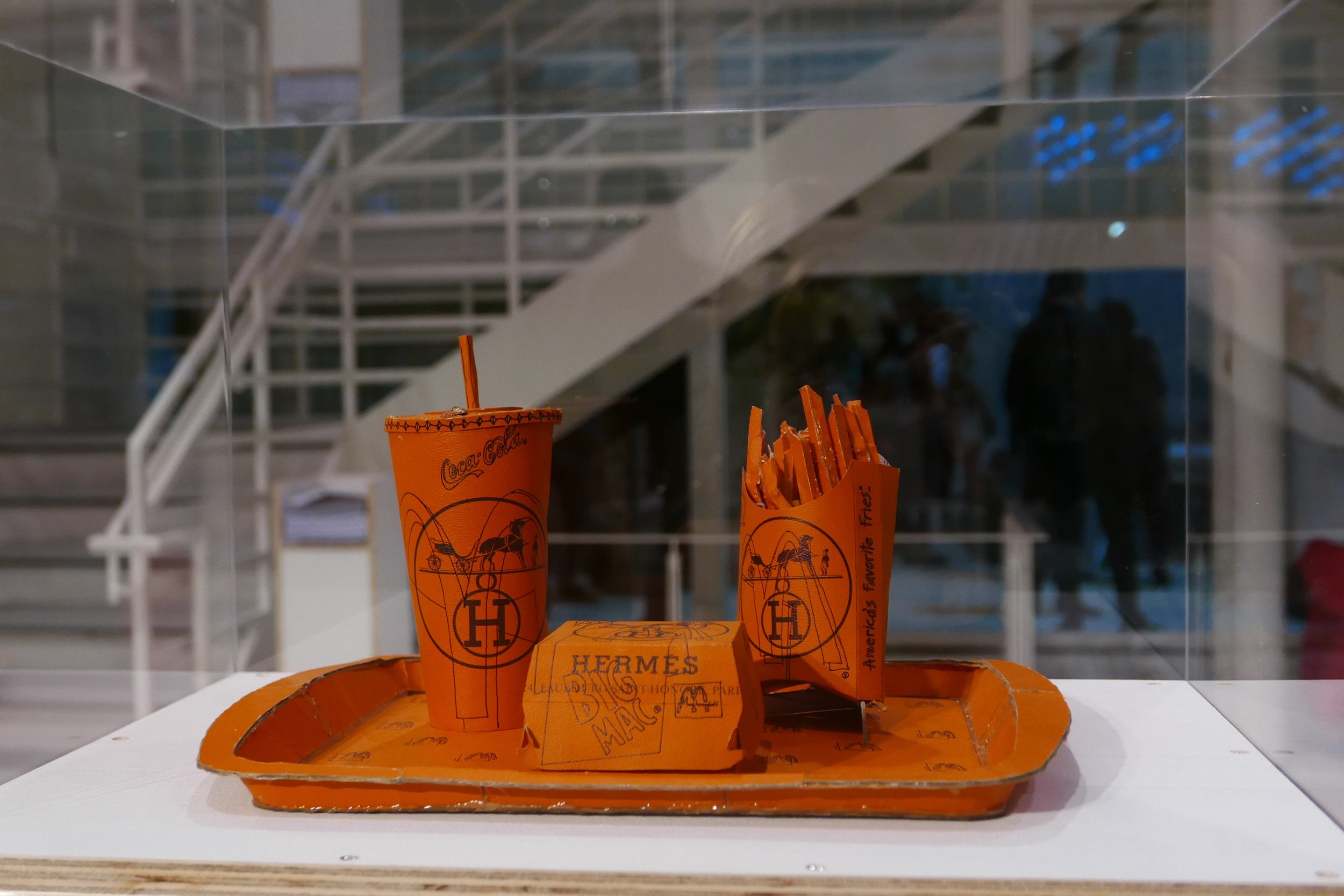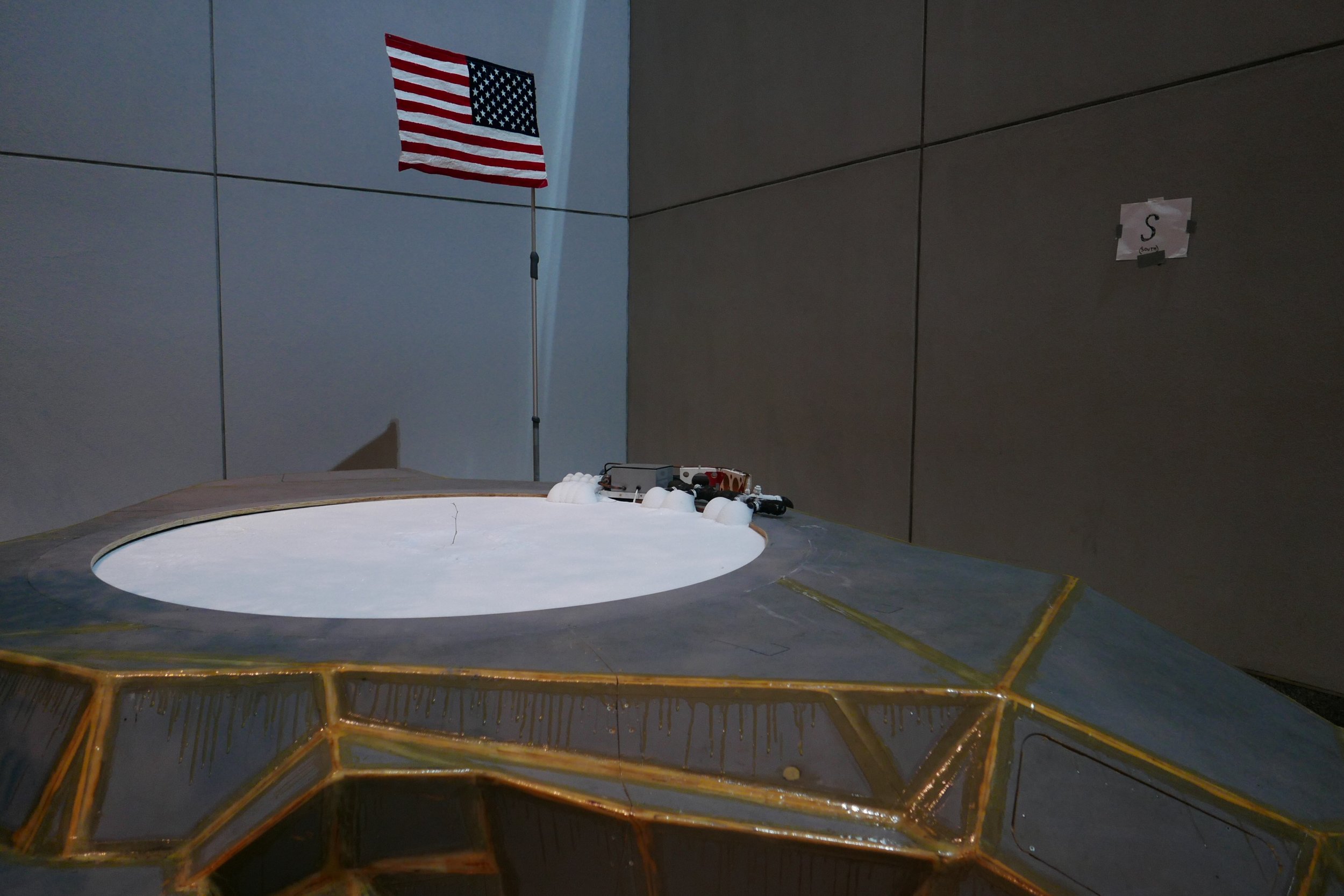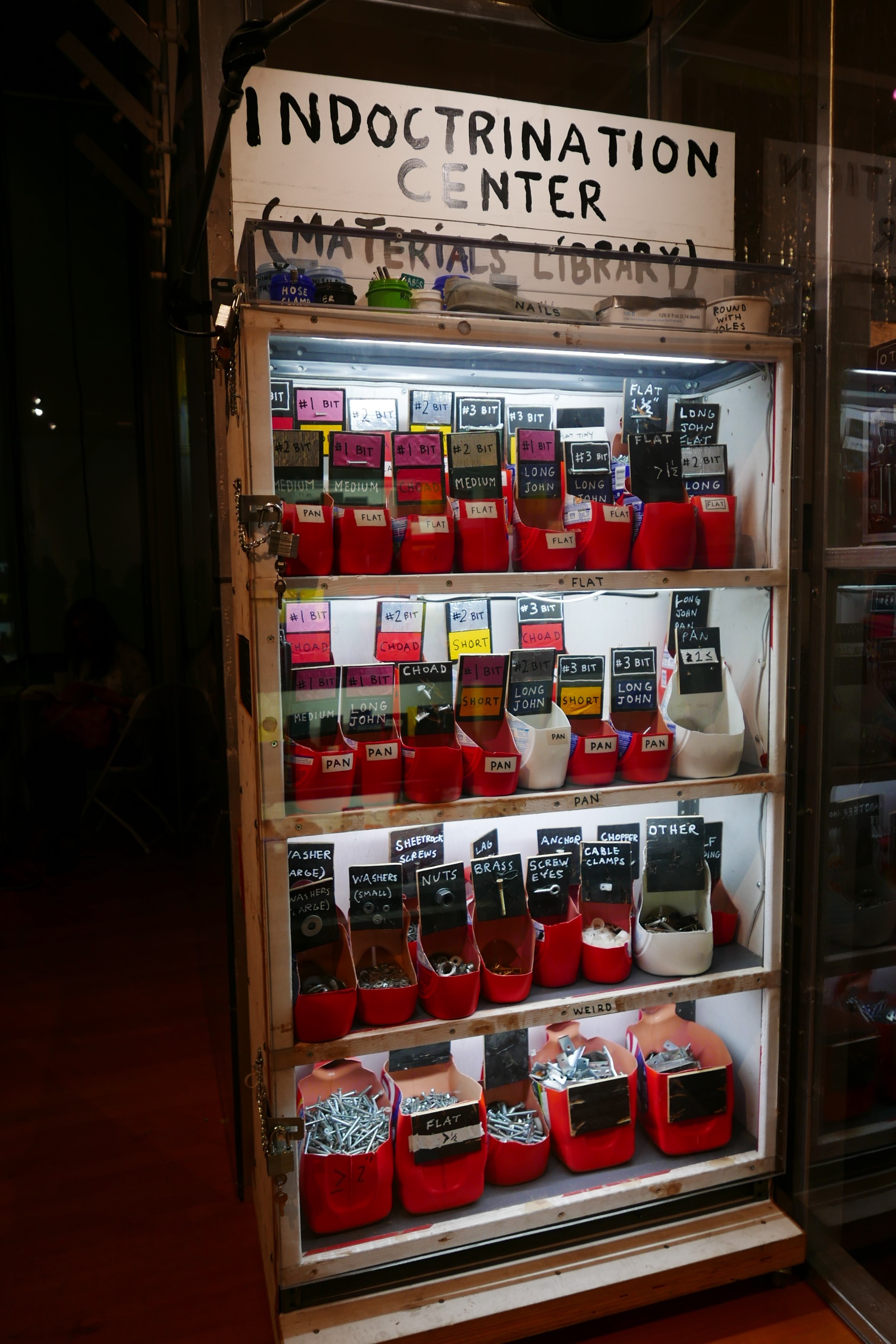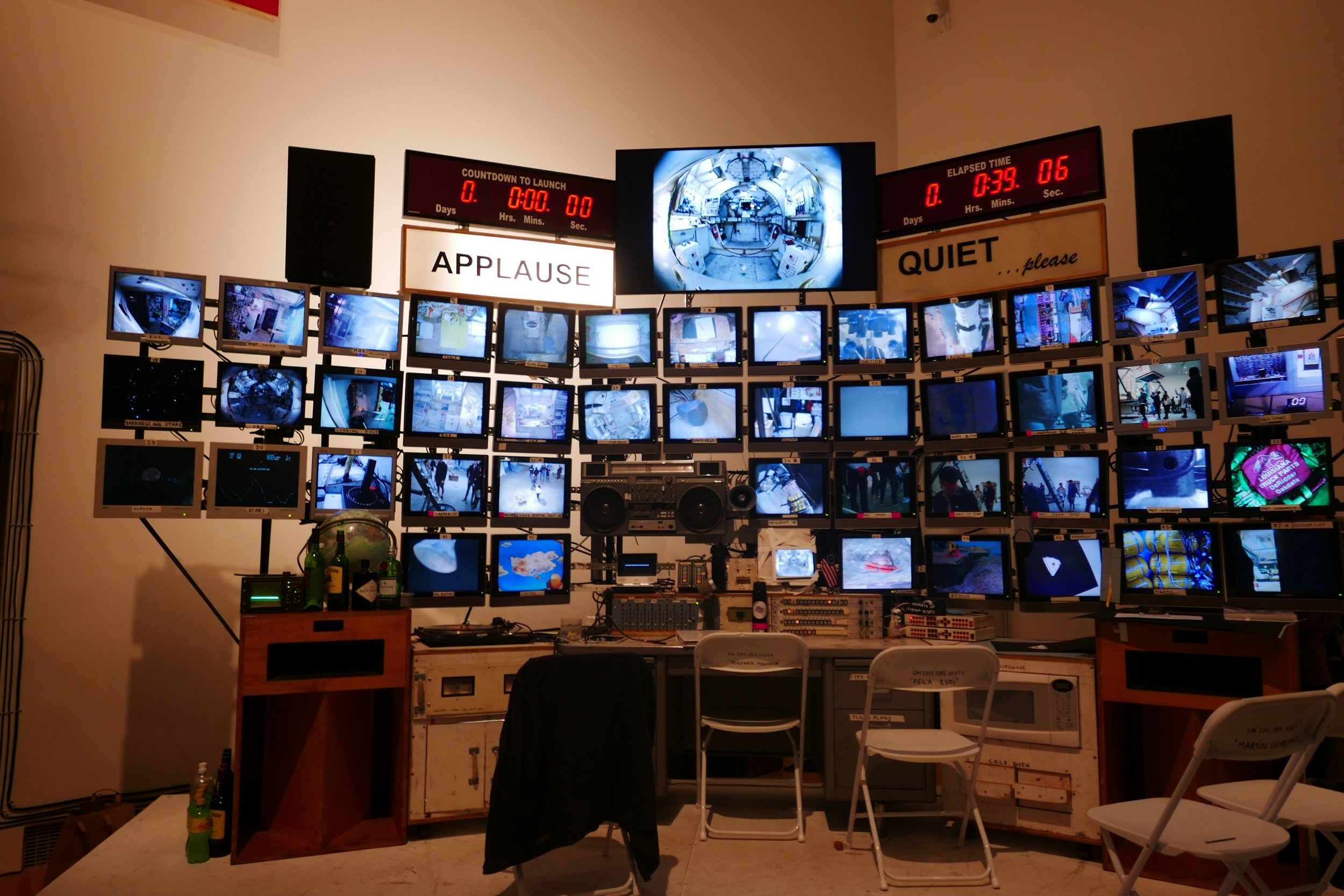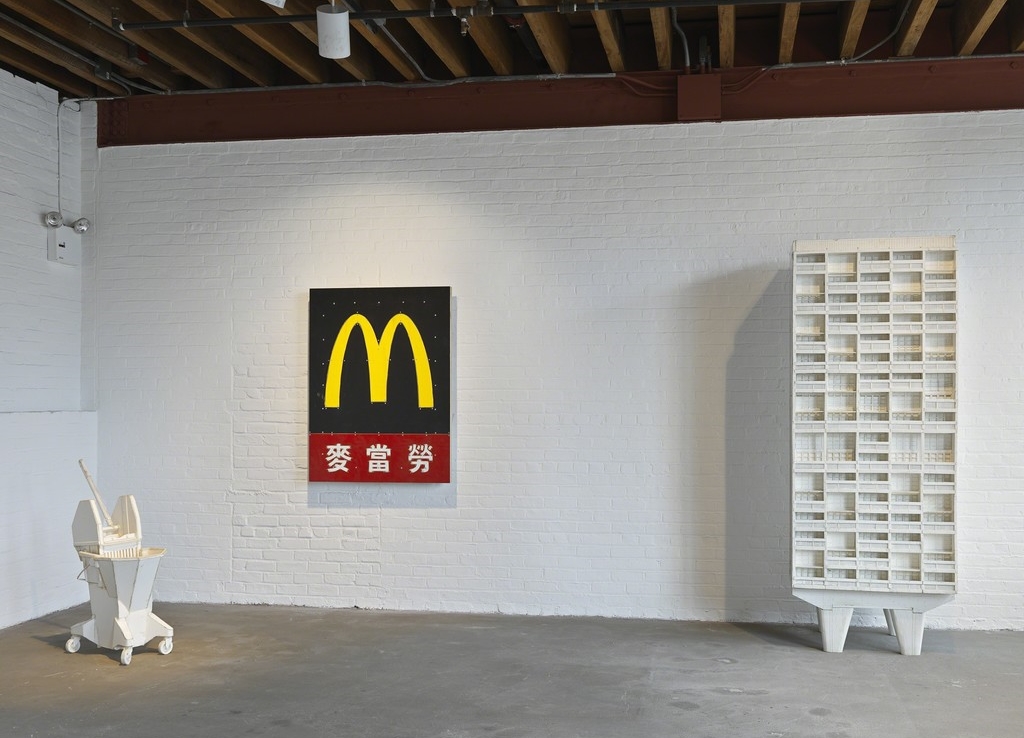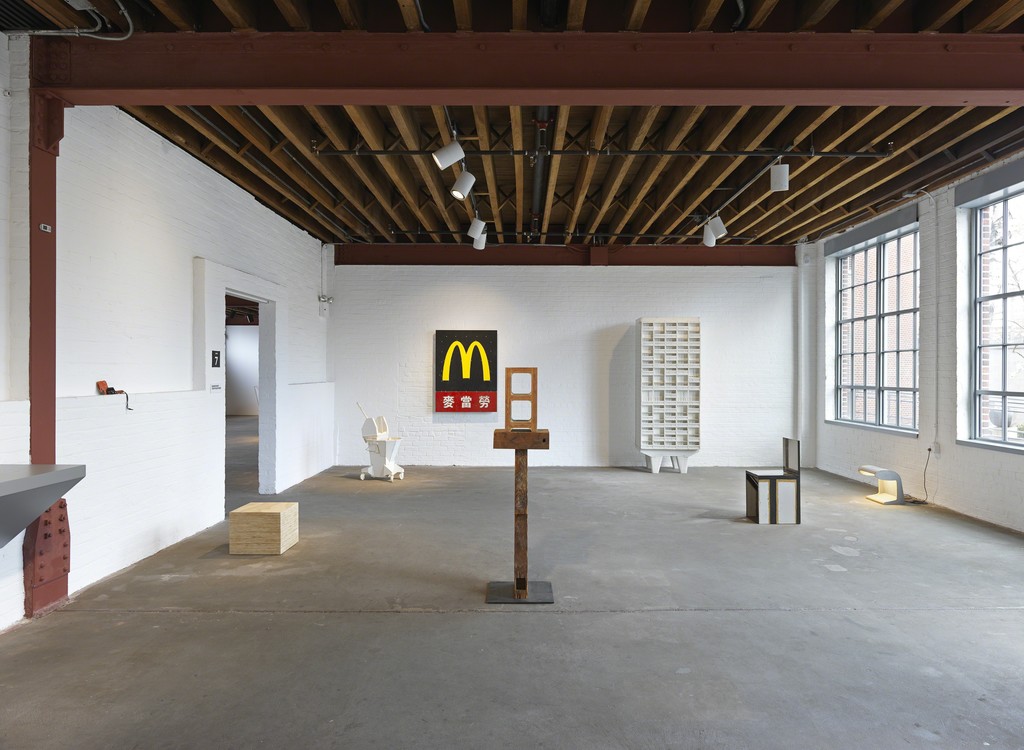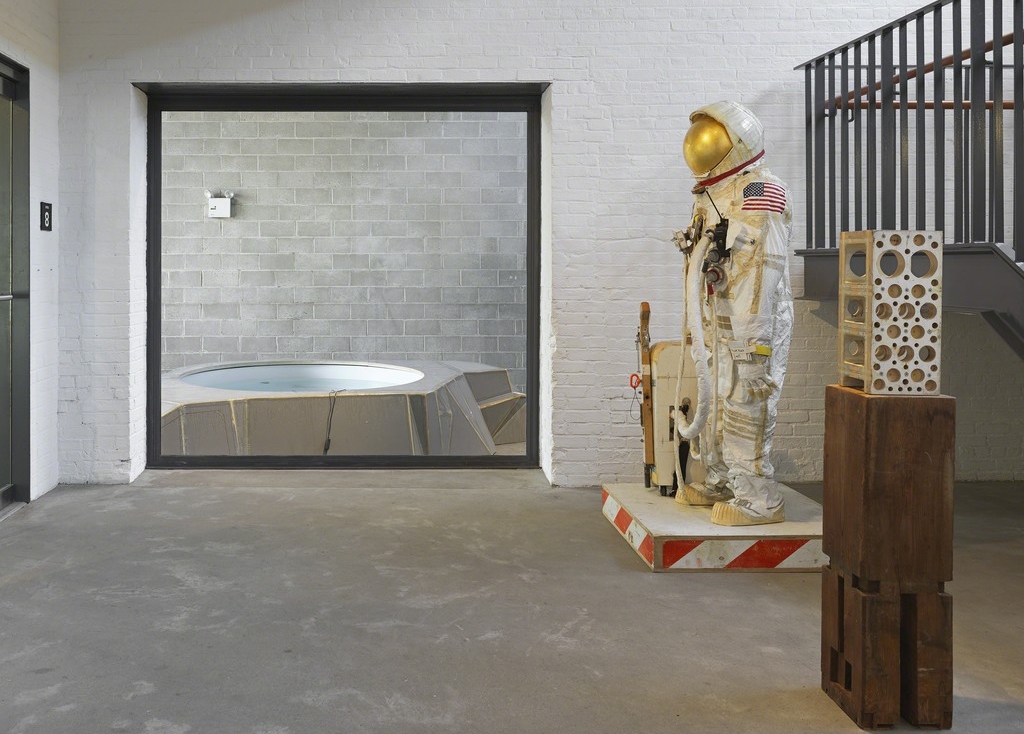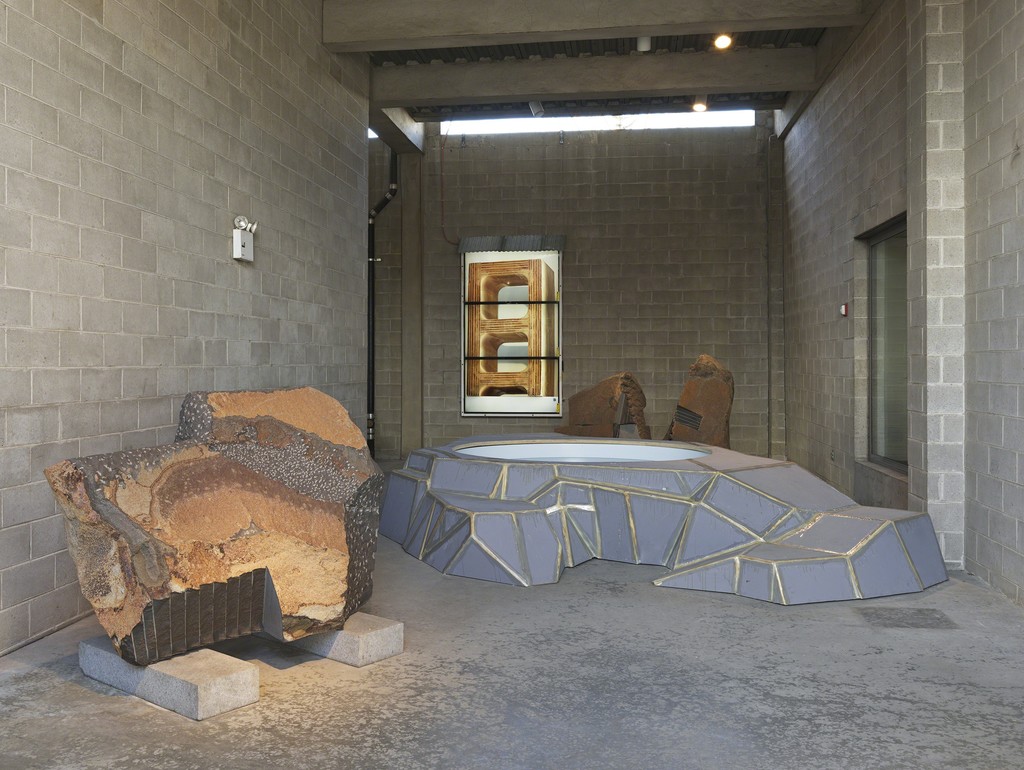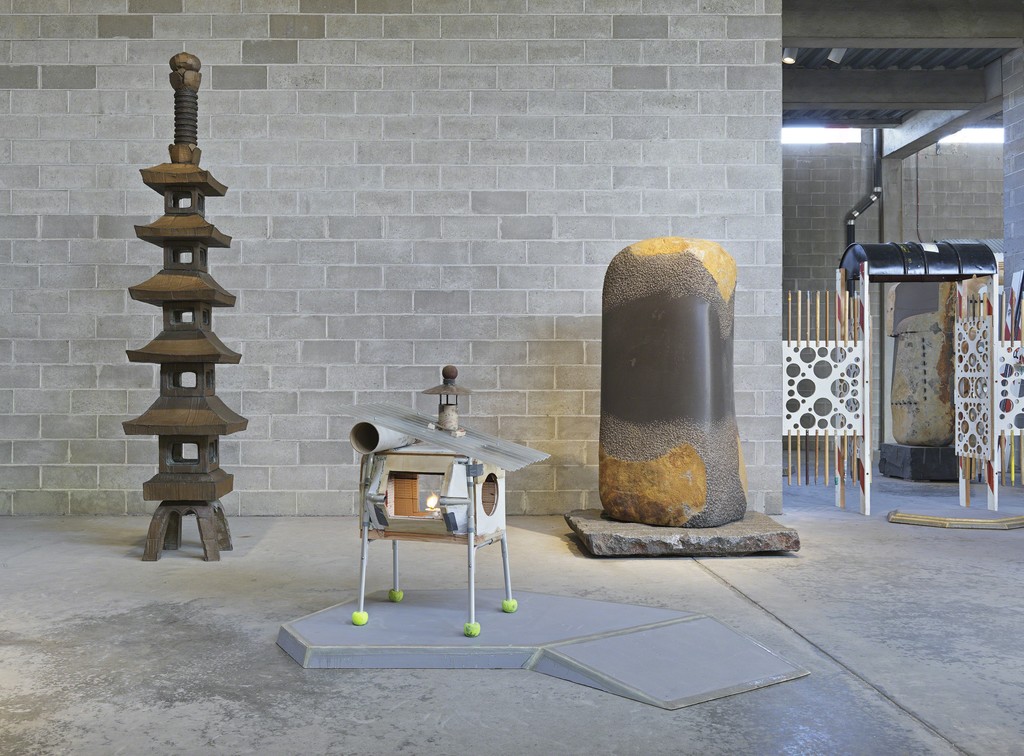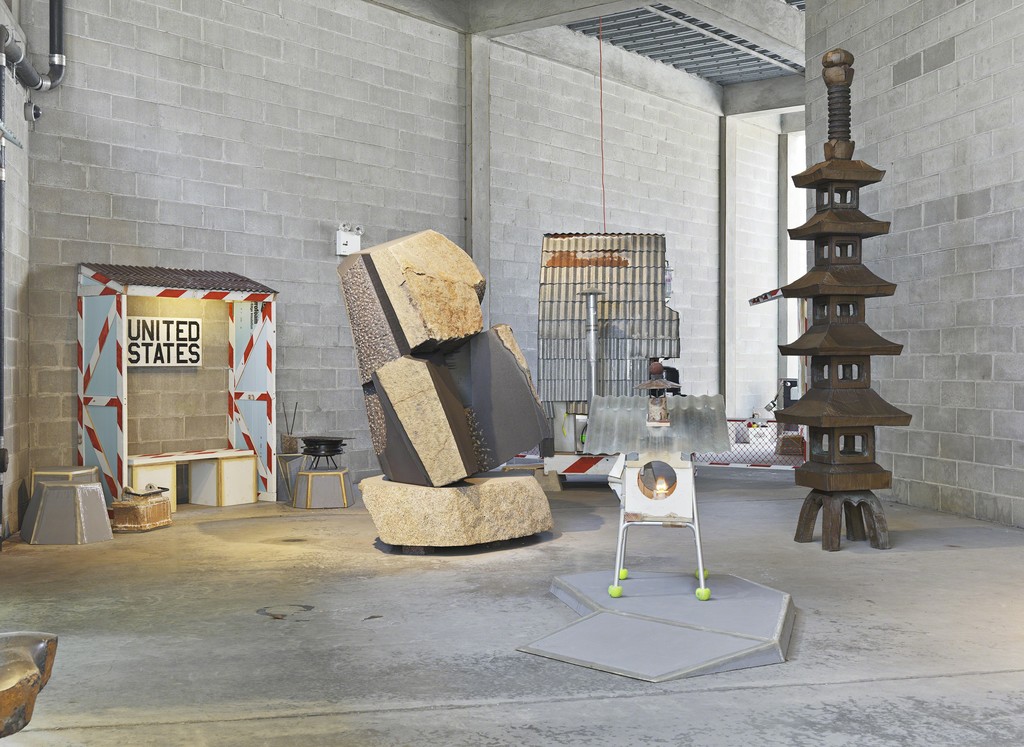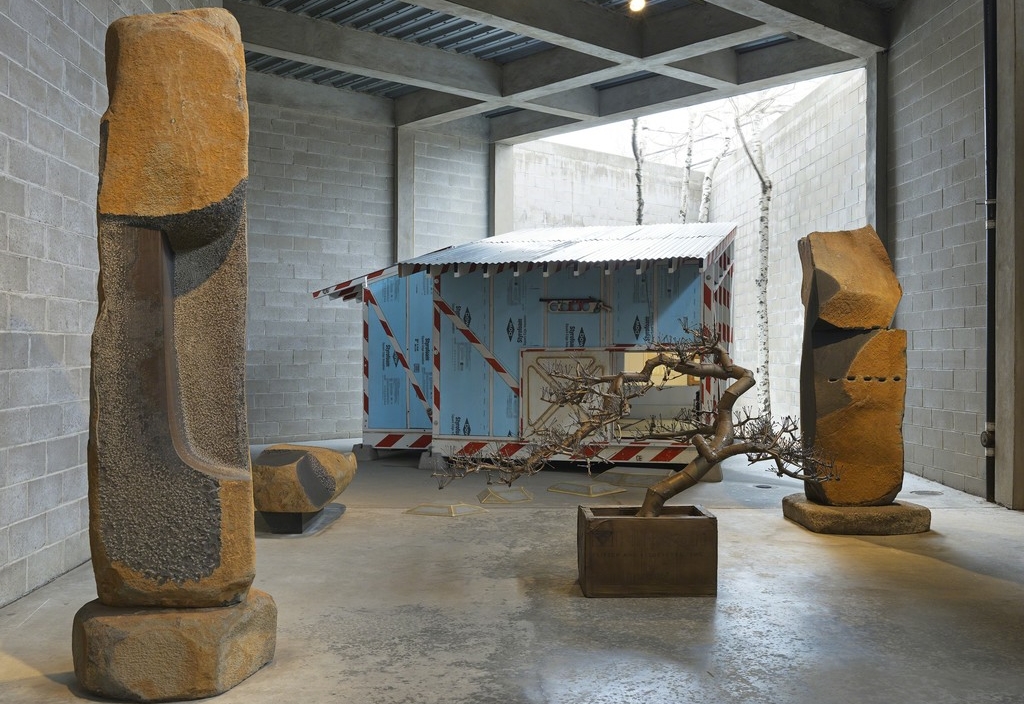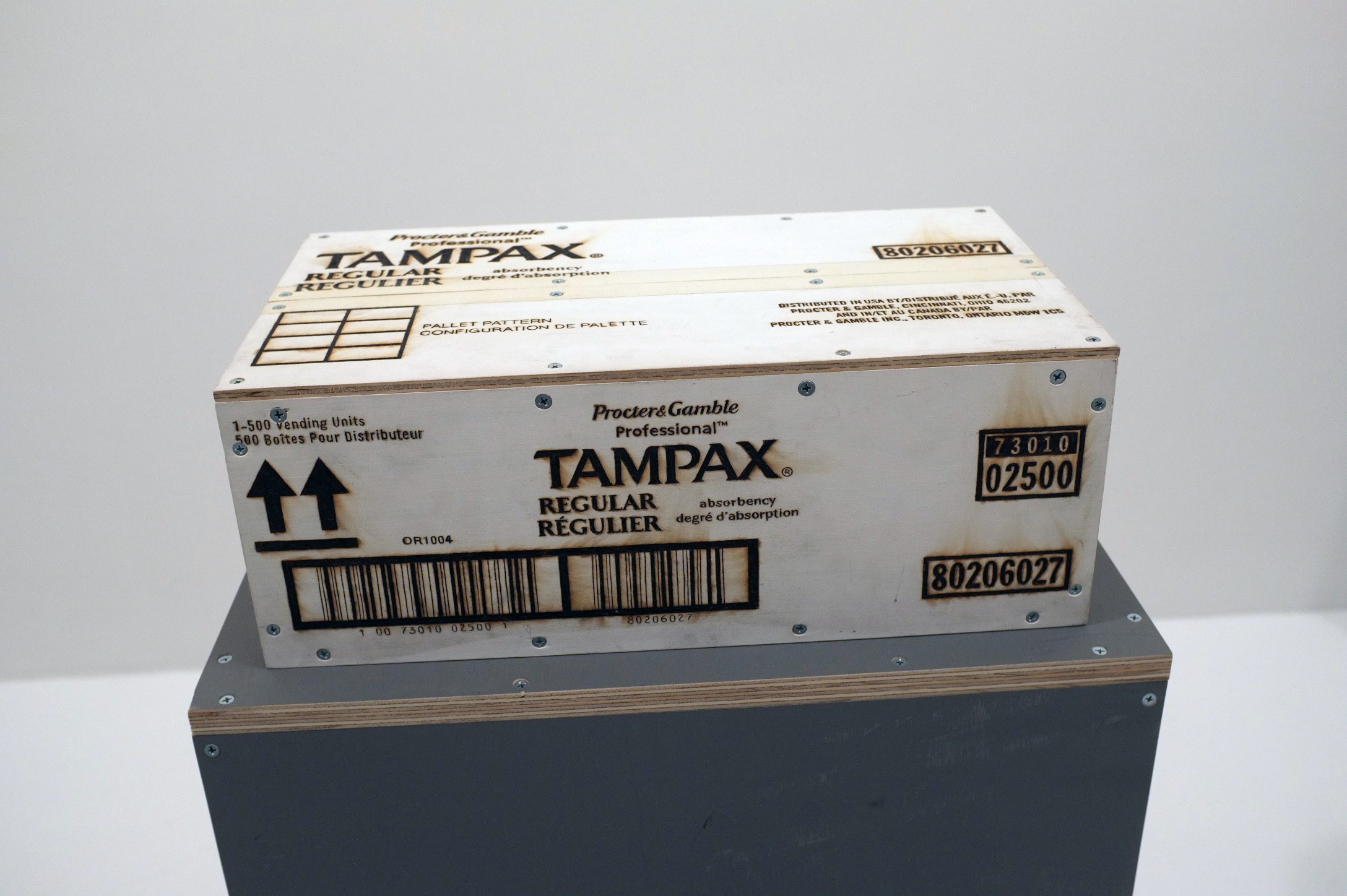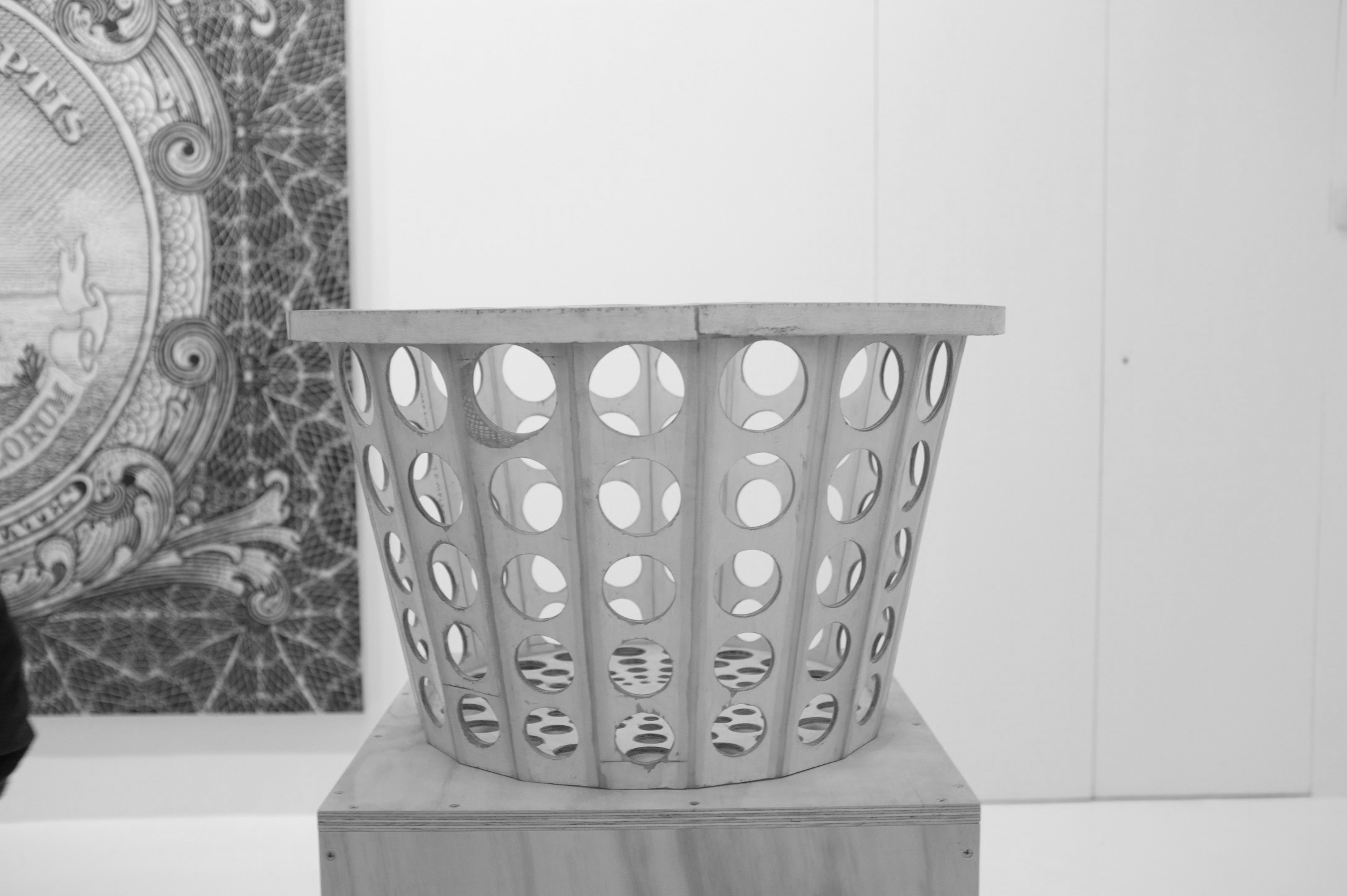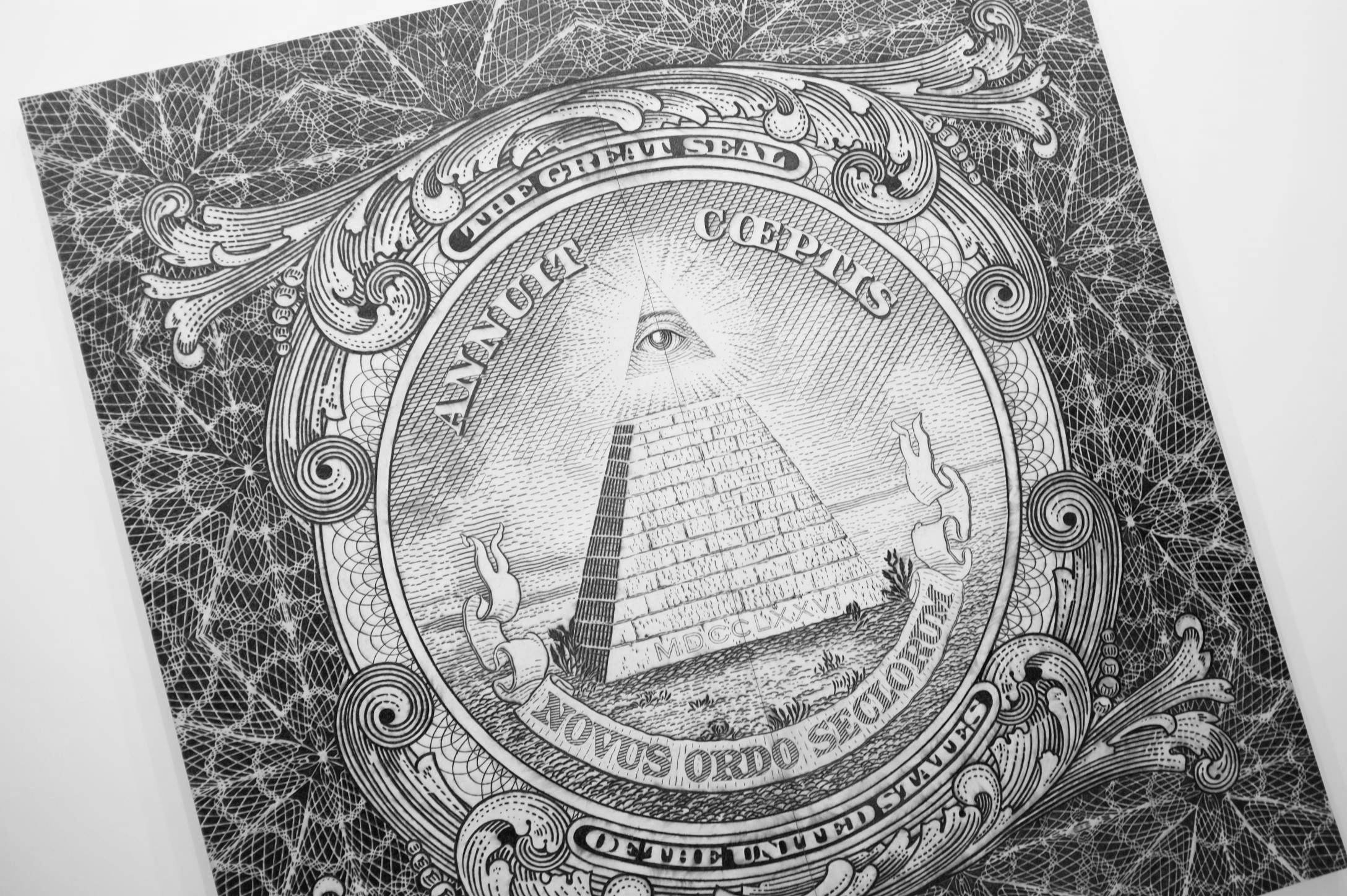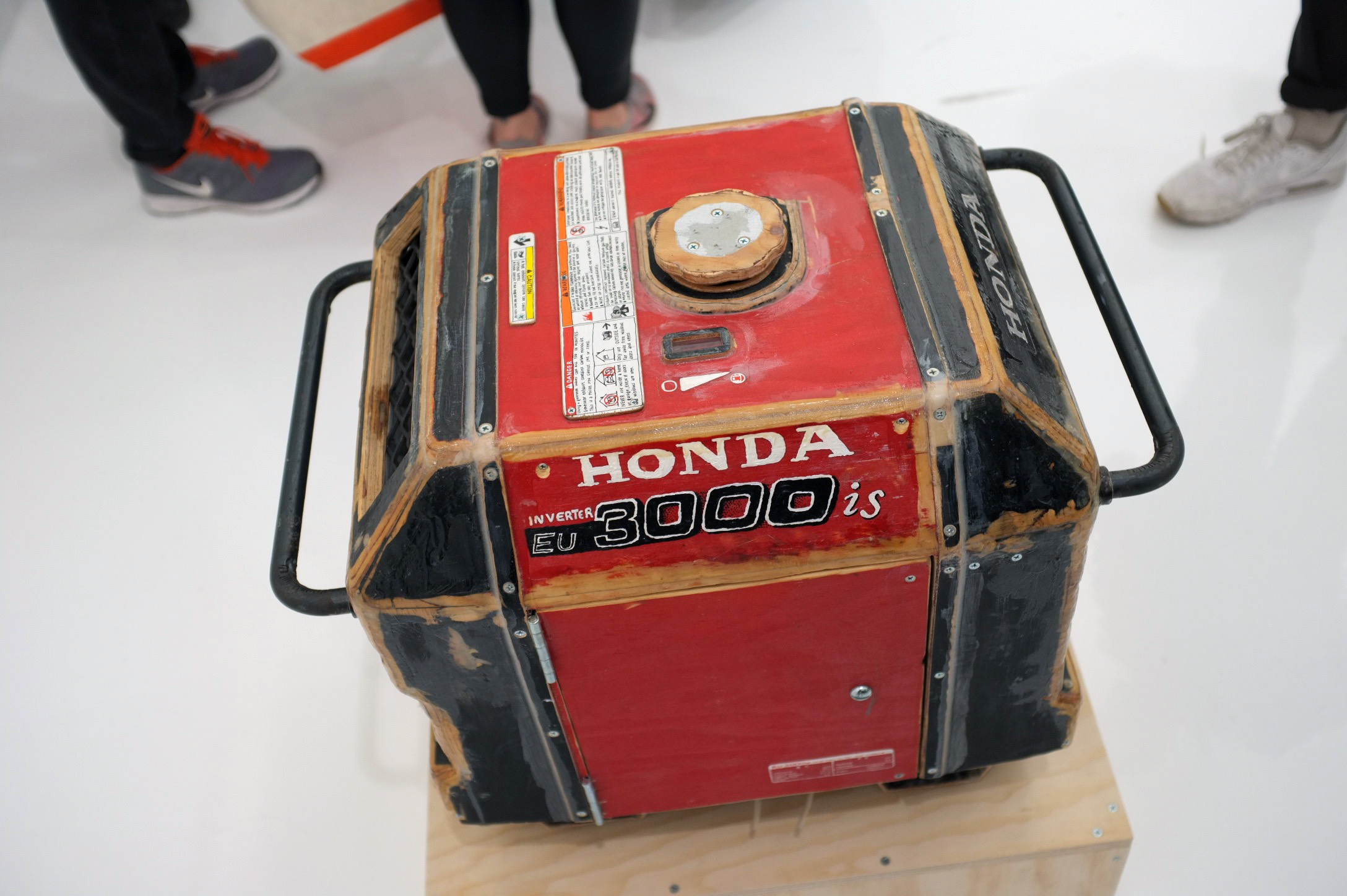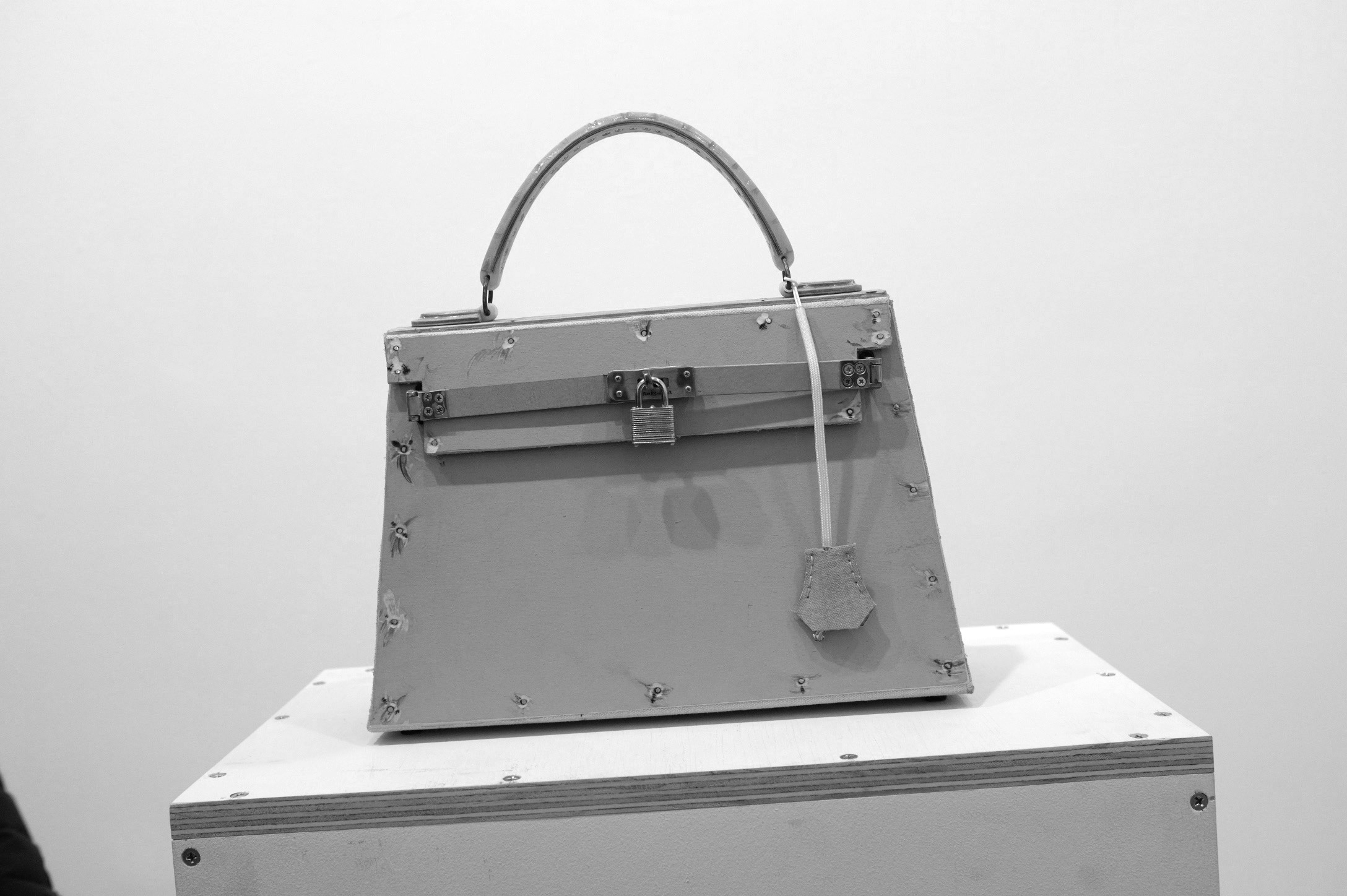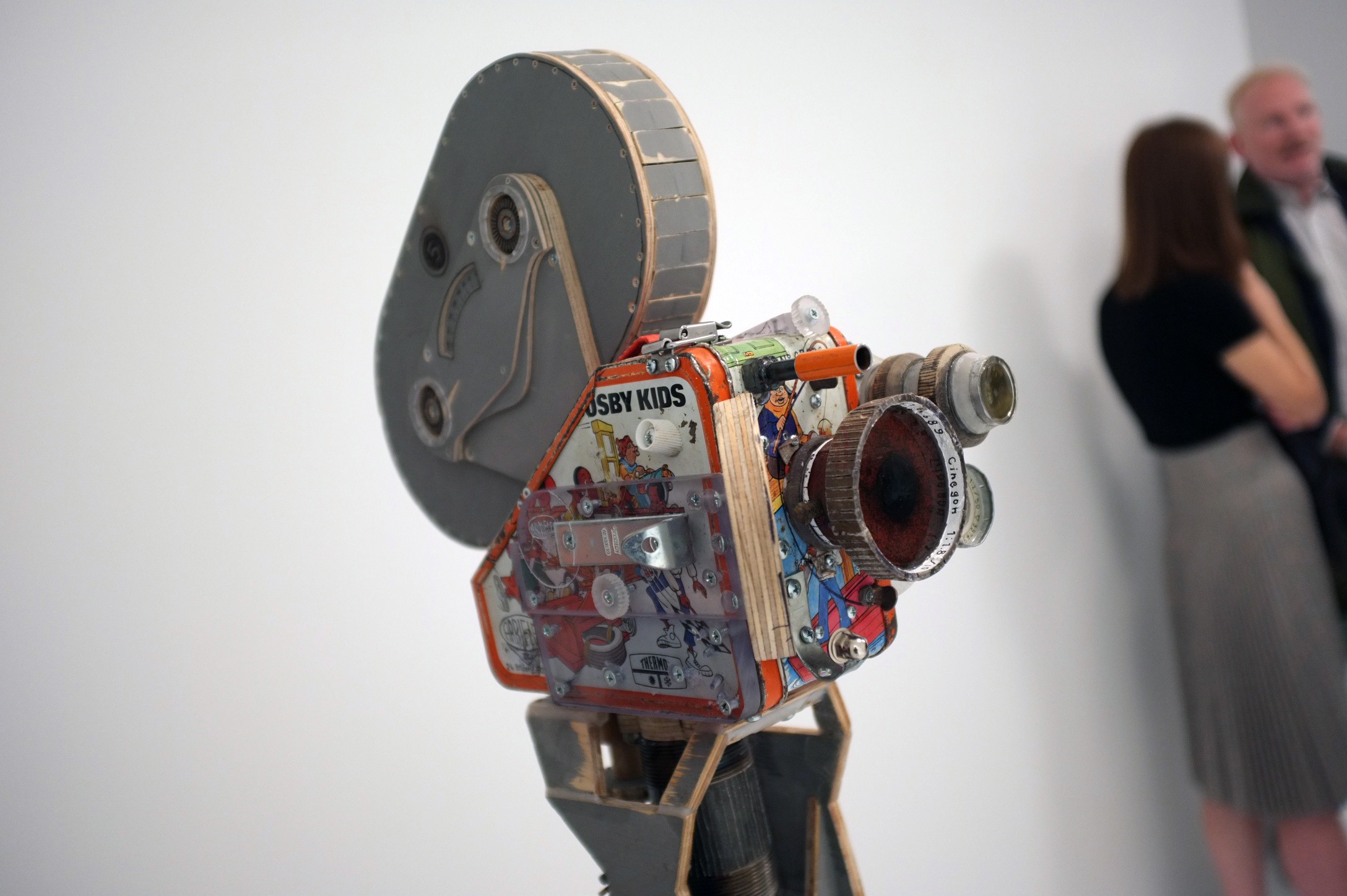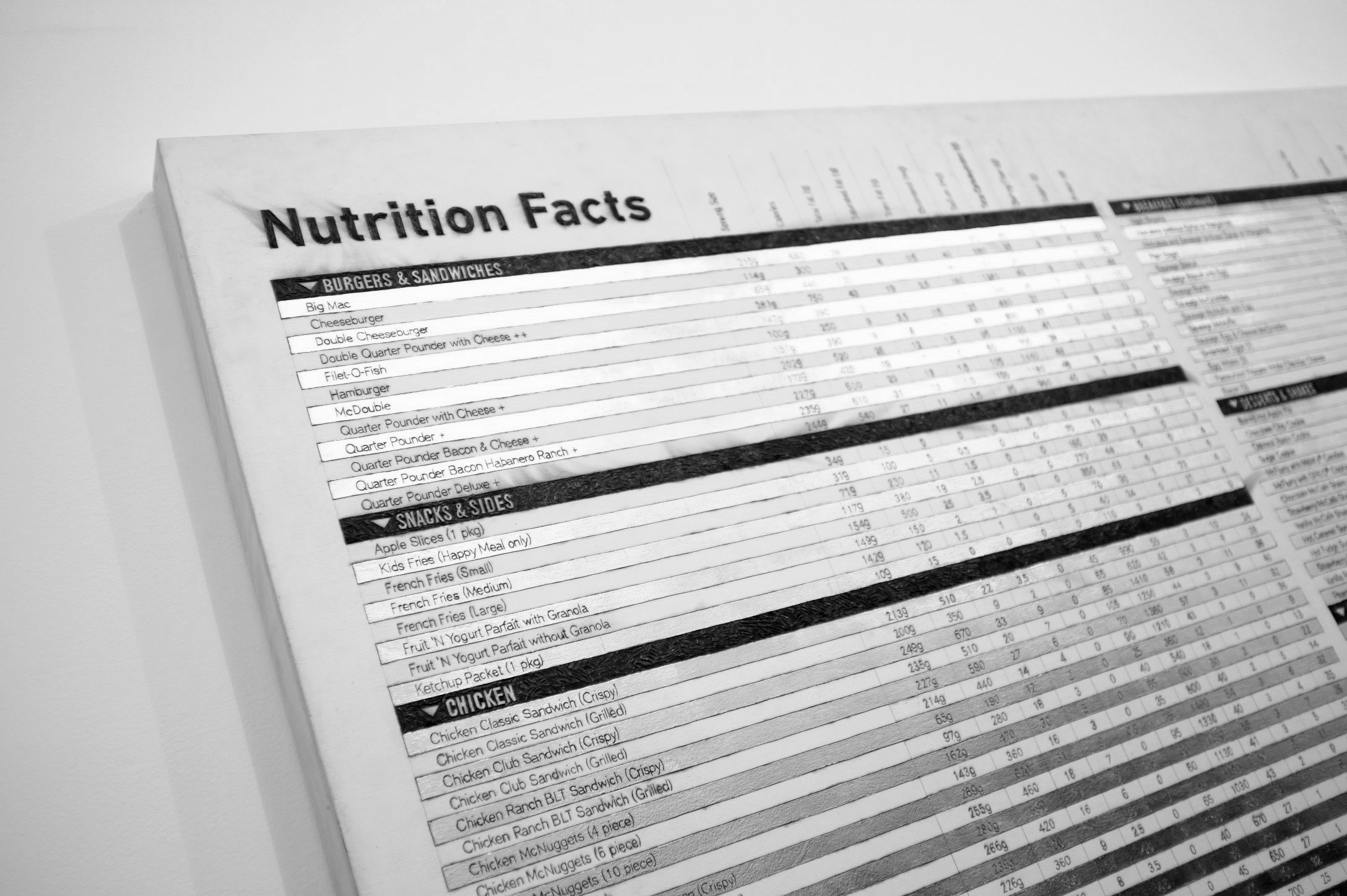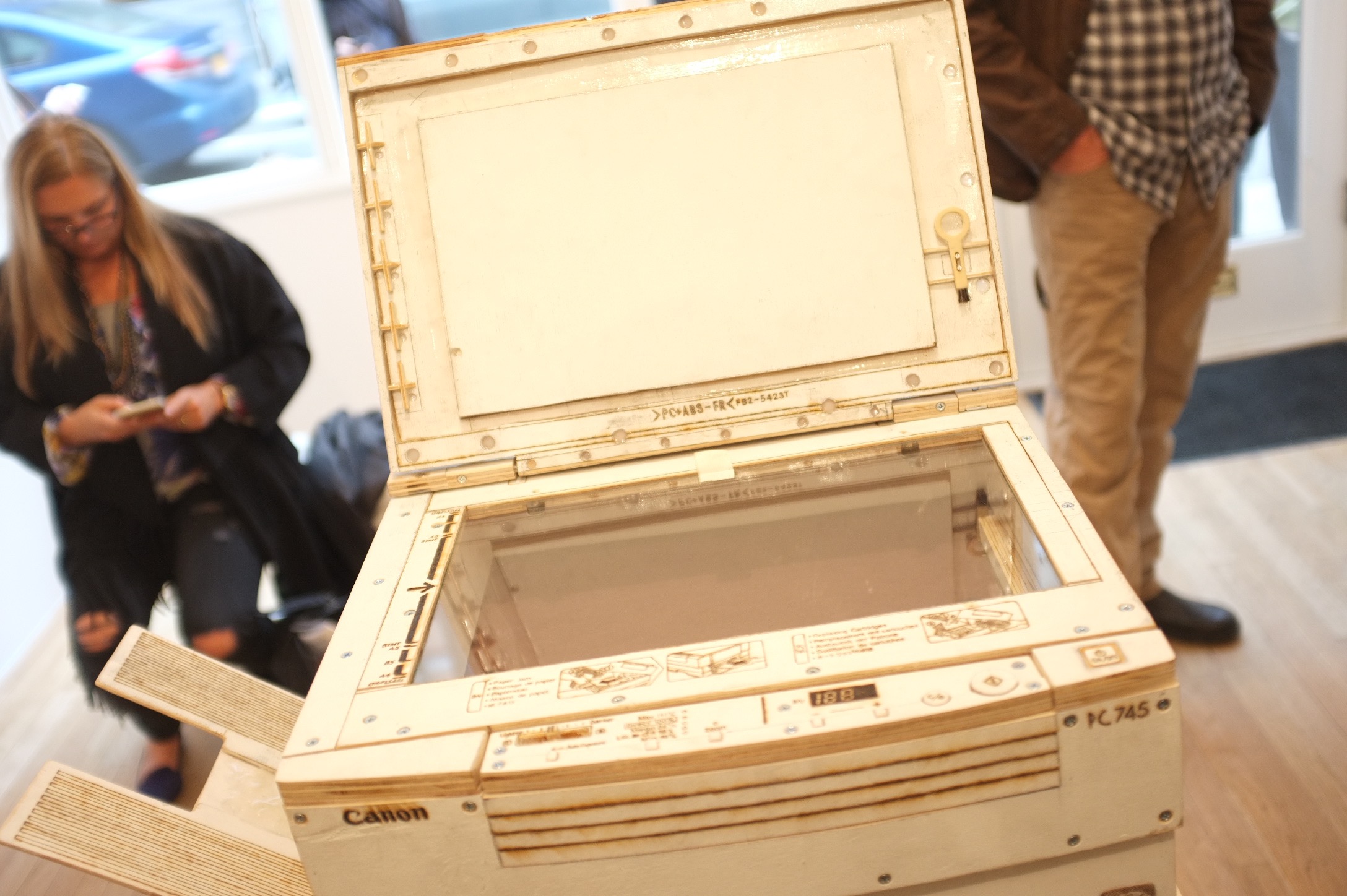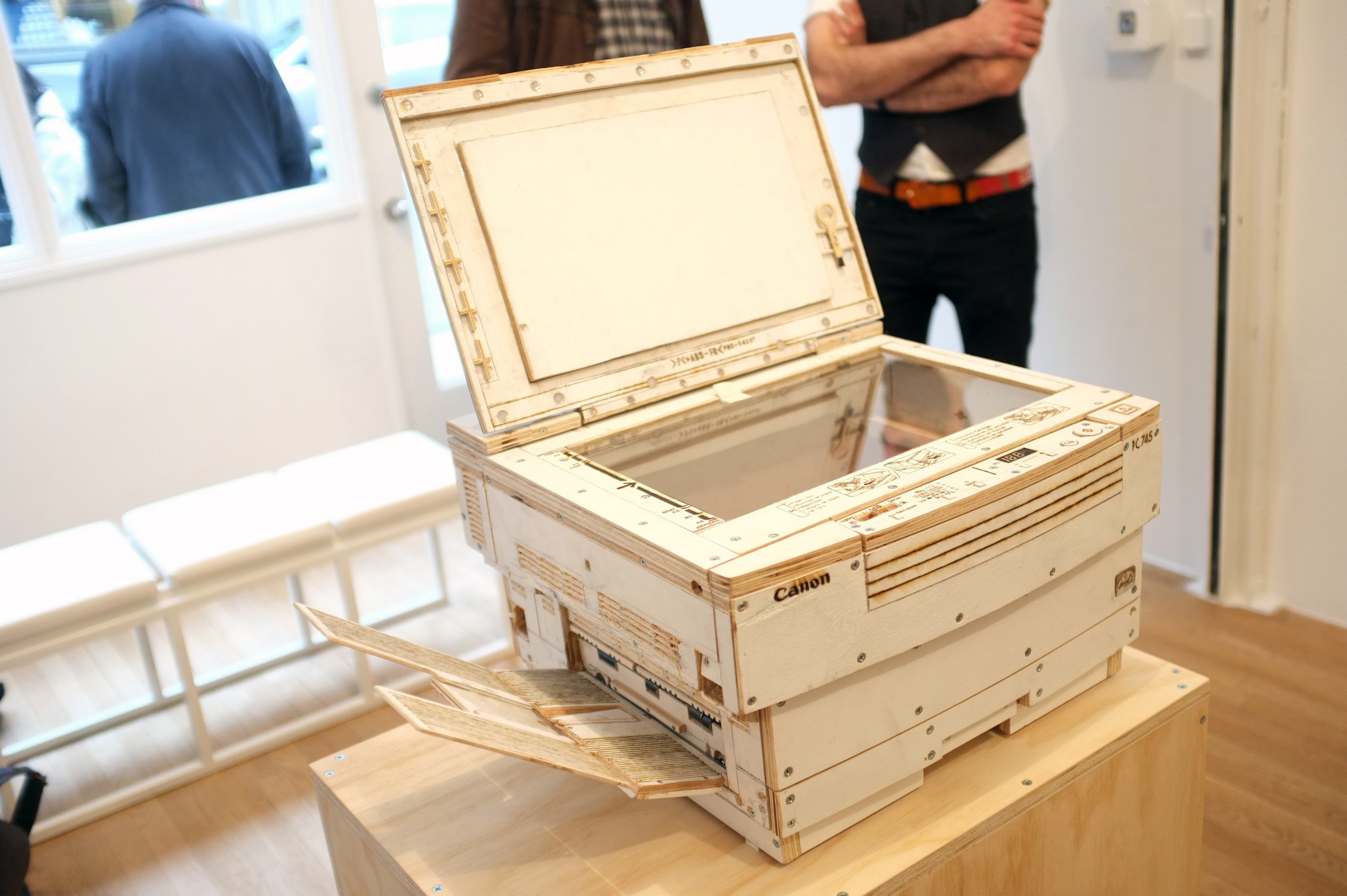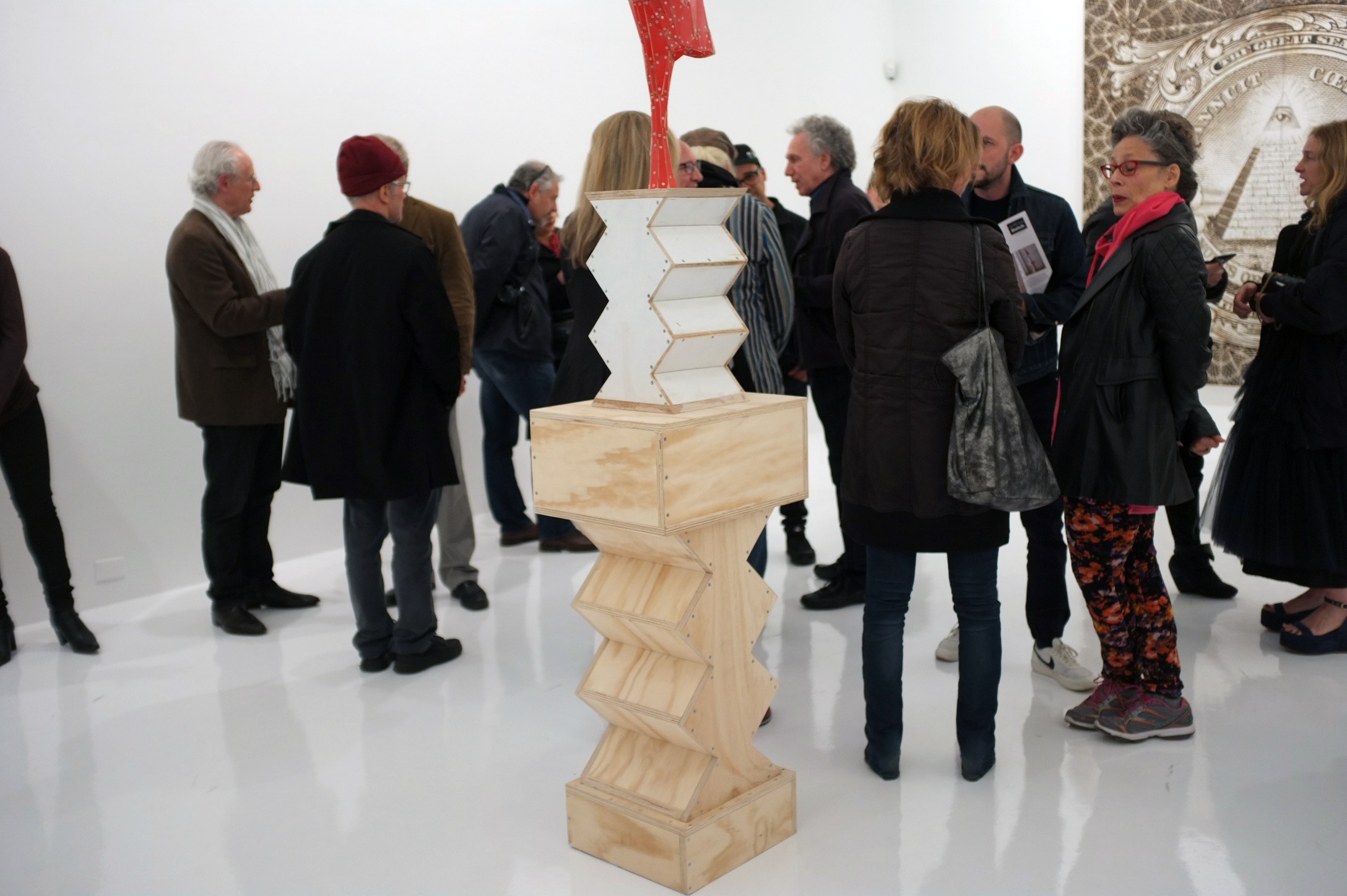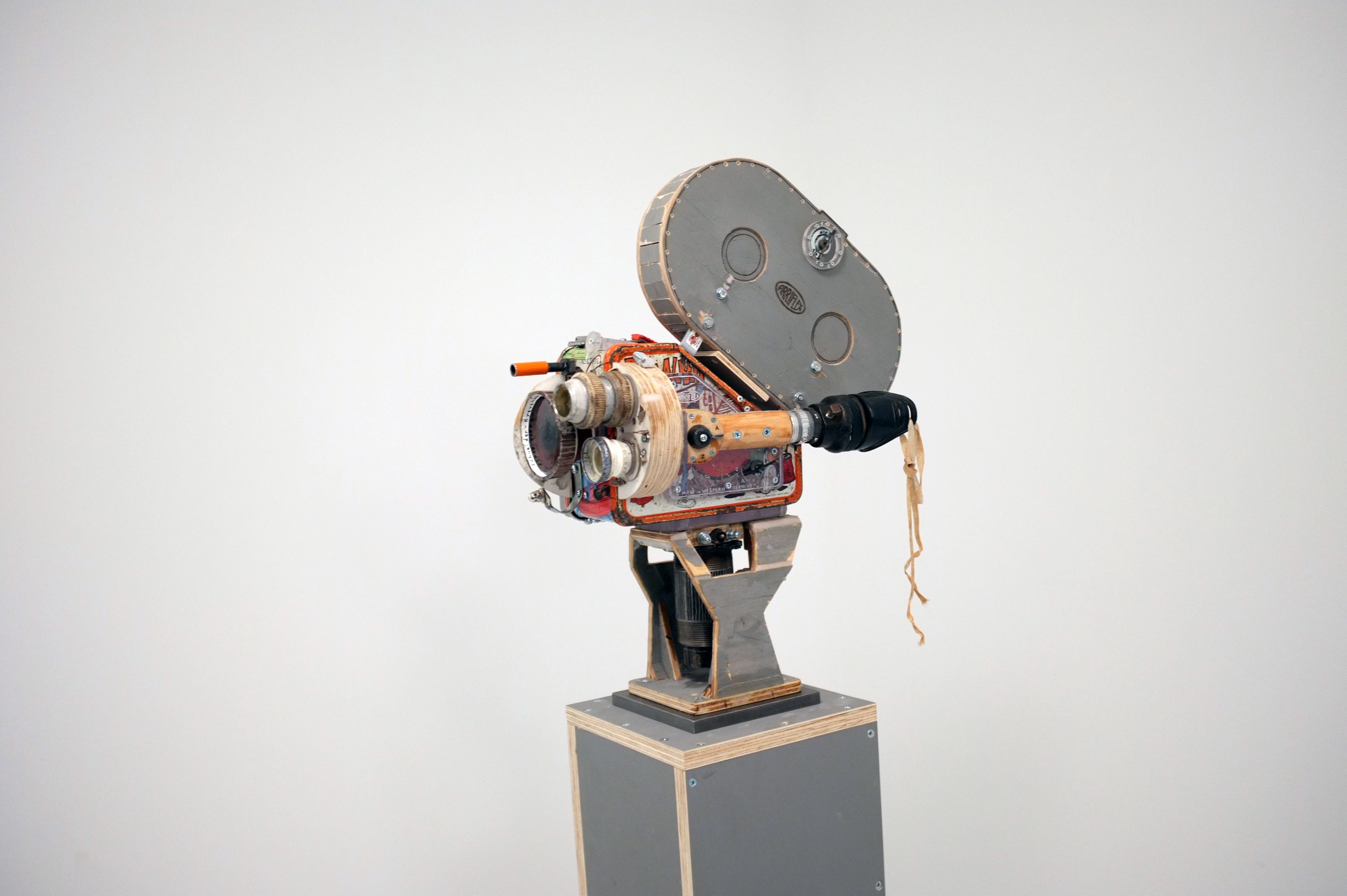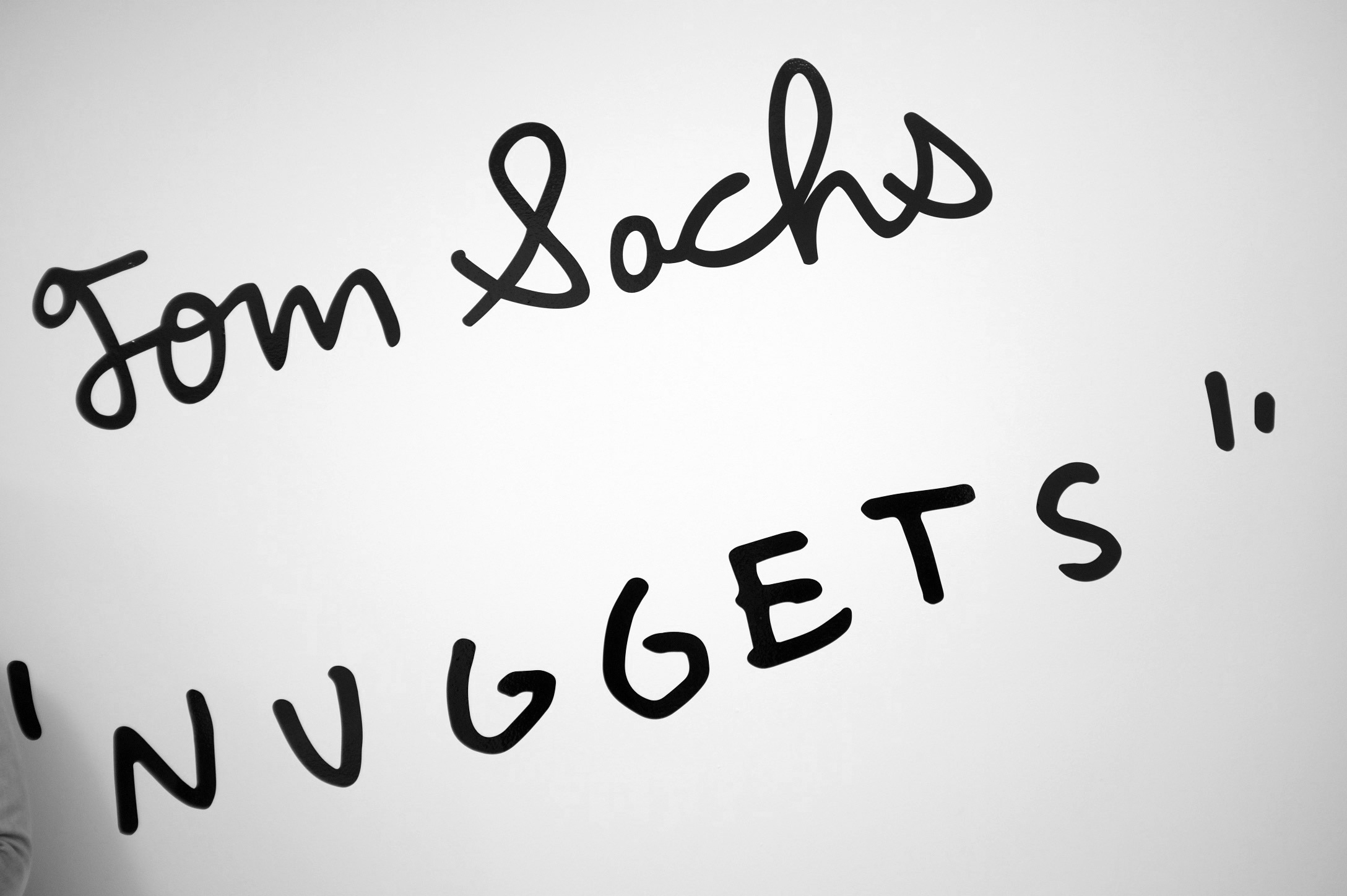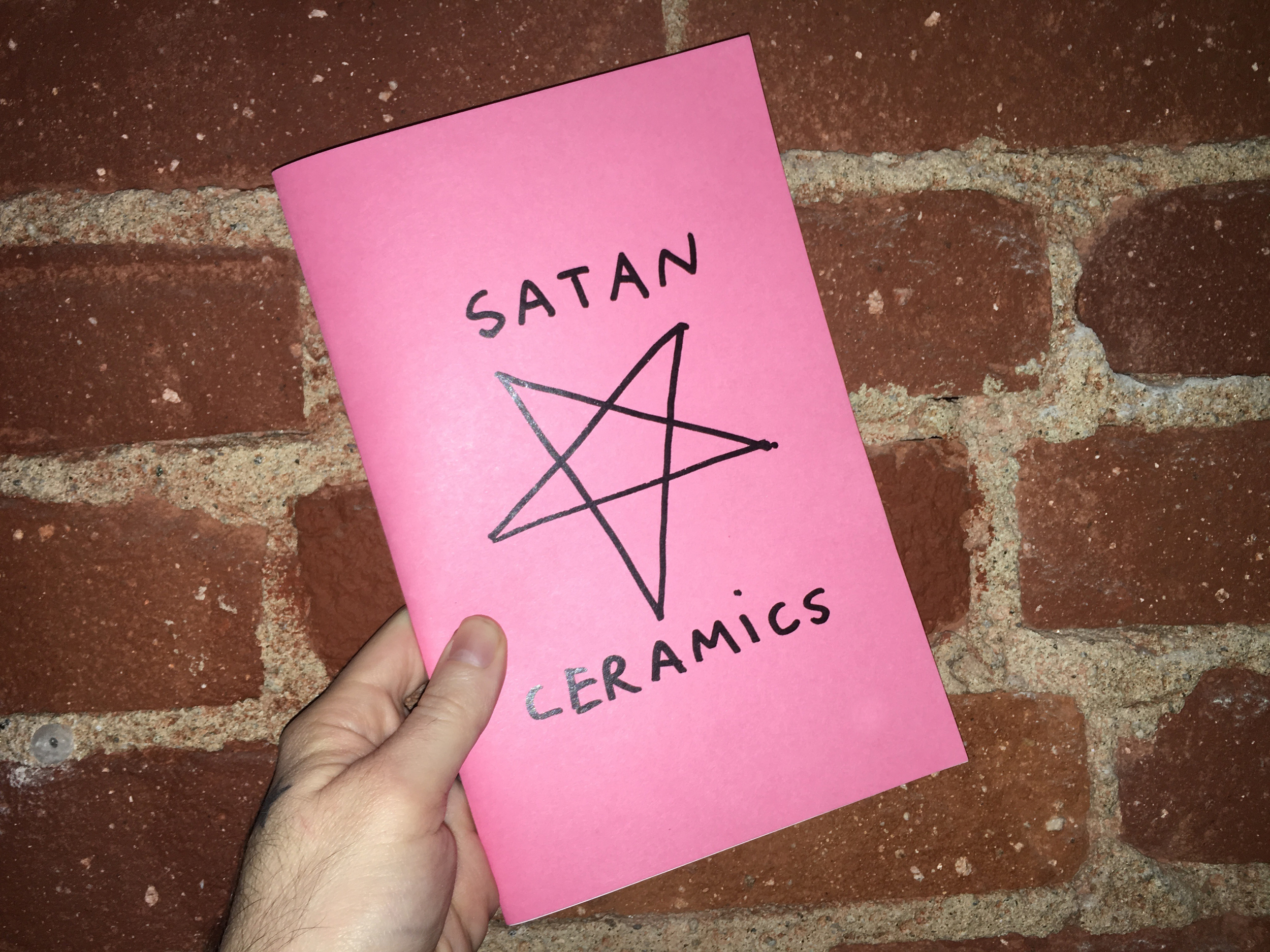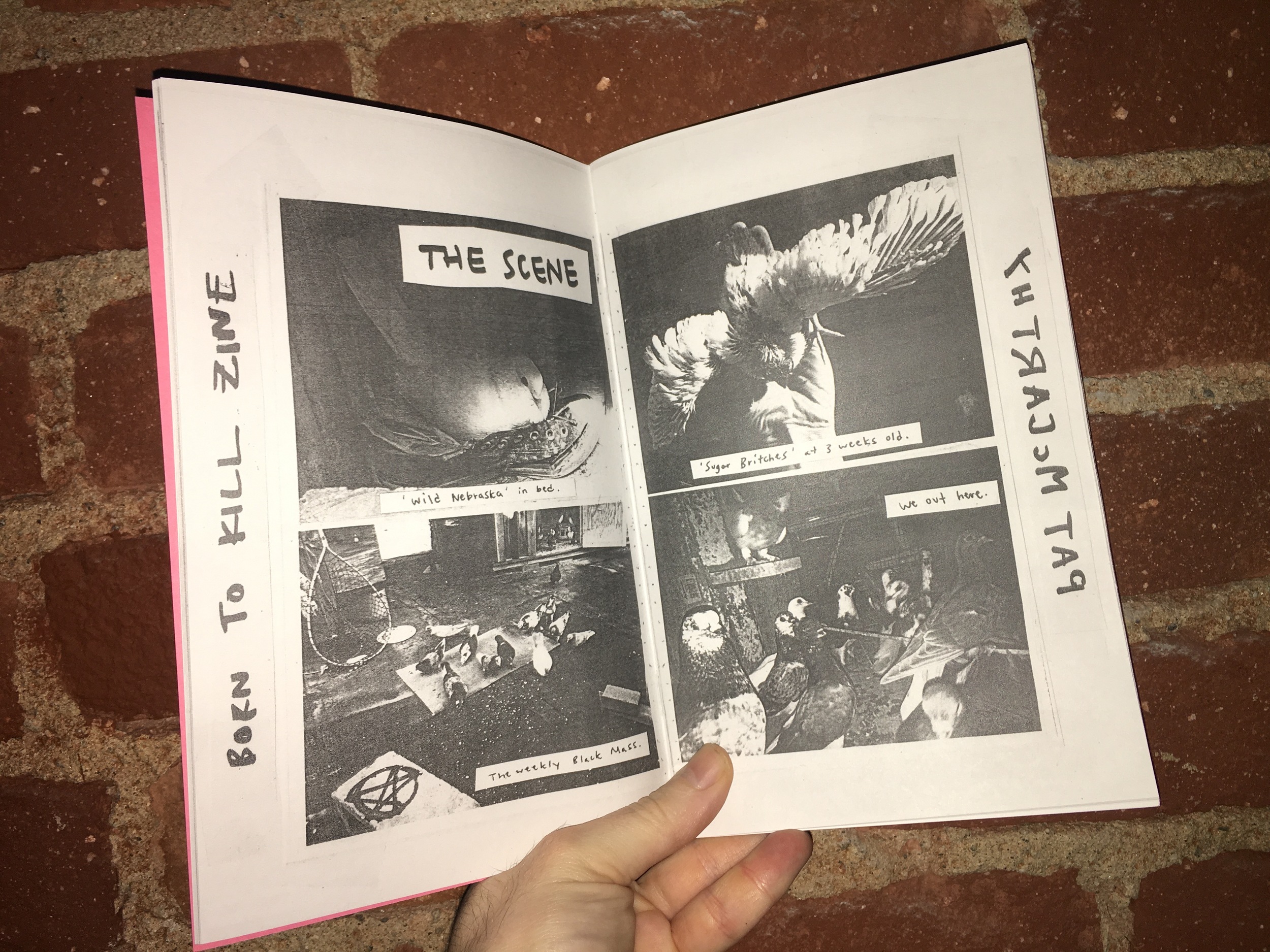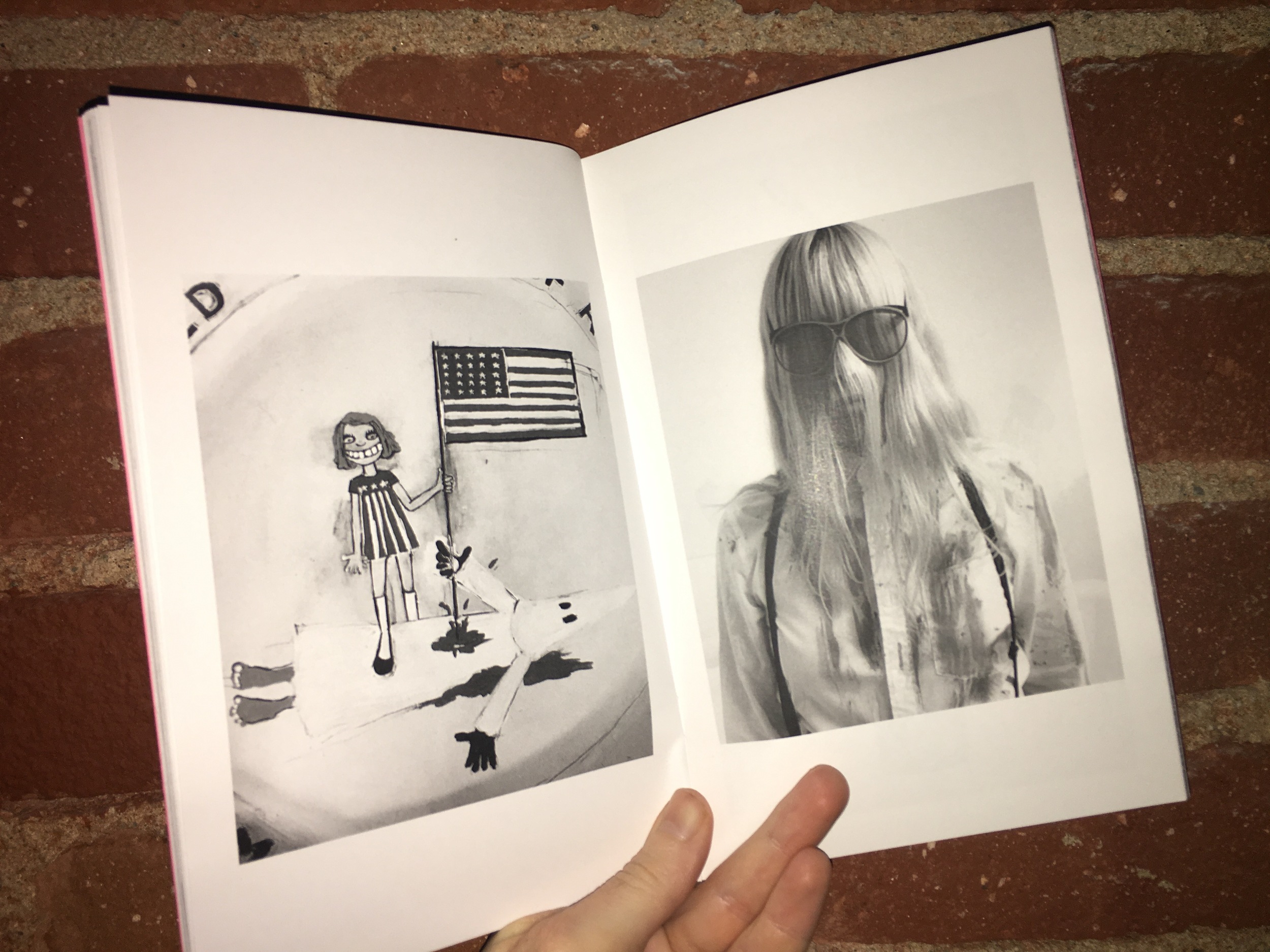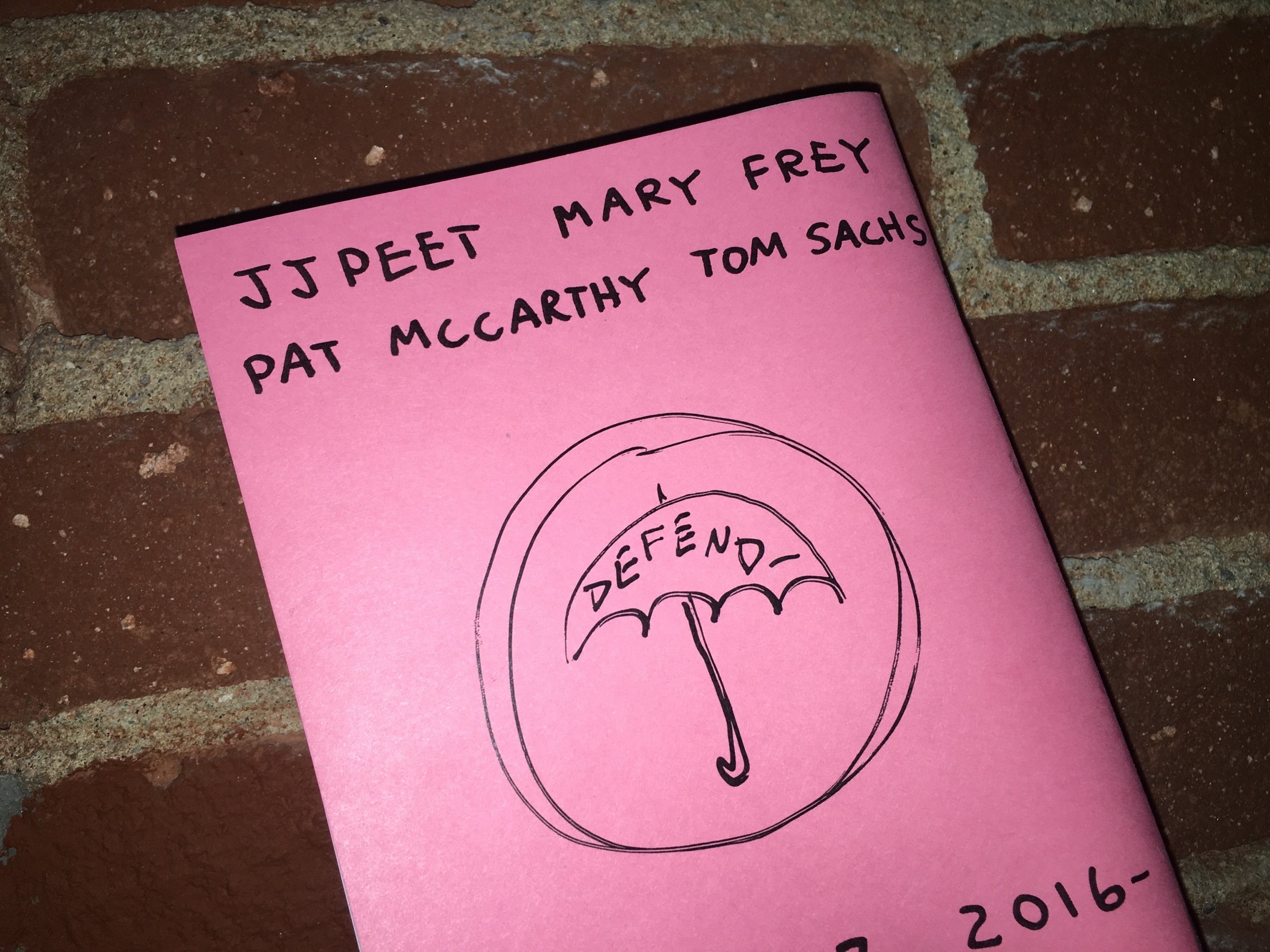Tom Sachs and his team of astronauts set their sights on the next frontier of space exploration in Space Program: Europa. Targeting Jupiter’s icy moon, Europa, this expansive sculpture exhibition offers an unprecedented view into Sachs’ extraordinary artistic output and advances his quest to find extraterrestrial life with bricolaged sculptures. The exhibition will fill YBCA with everything his astronauts need to successfully complete their voyage—including the Mobile Quarantine Facility, Mission Control, the Apollo-eraLanding Exploration Module (LEM), and special equipment for conducting scientific experiments—immersing the audience in a universe of sculpture occupying the entire downstairs galleries in addition to YBCA’s public spaces. Sachs has also created a new site-specific installation, Logjam Café. Logjam Café will be open to the public as a neighborhood coffee shop, occasional bar, and OCD rehab center, where visitors can experience firsthand the artist’s obsession with the tools of his craft. Space Program: Europa will be on view until January 17, 2016 at Yerba Buena Center for the Arts in San Francisco. photographs by Annabel Graham
Tom Sachs "Tea Ceremony" @ The Noguchi Museum in New York
Tom Sachs "Tea Ceremony" centers on an immersive environment representing Sachs’ distinctive reworking of chanoyu, or traditional Japanese tea ceremony—including the myriad elements essential to that intensely ritualistic universe. Among the large stone sculptures by Isamu Noguchi in the Museum’s indoor/outdoor galleries, Sachs has set a tea house in a garden accessorized with variations on lanterns, gates, a wash basin, a plywood airplane lavatory, a koi pond, an ultra HD video wall with the sublime hyper-presence of Mt. Fuji, a bronze bonsai made of over 3,600 individually welded parts, and other objects of use and contemplation. Sachs has also produced a complete alternative material culture of Tea—from bowls and ladles, scroll paintings and vases, to a motorized tea whisk, a shot clock, and an electronic brazier. Supplementing the tea garden are three additional installations covering consummate examples of Sachs’ Tea tools, a brief history of Tea as it developed out of Sachs’ Space Program 2.0: MARS, and a small retrospective of the artist’s two decade–long career as a cultural hybridizer. Click here to apply to be a guest at Tom Sachs' next in-person Tea Ceremony. The exhibition will be on view until July 24, 2016 at the Isamu Noguchi Museum, 33rd Road (at Vernon Boulevard), Long Island City, NY
Dodging a Bullet: Read Jeffrey Deitch's Words On Artist Tom Sachs On The Occasion of His Solo Exhibition →
“How did these get here!?” I was shocked to see a pile of stickers on my gallery reception desk in the Spring of 1996 with the outrageously provocative phrase “Nuke the Swiss” printed above a red cross. “They were left there by that funny guy who comes in here all the time,” my staff explained. A few weeks later, I was there when the culprit walked in, smirking as he handed me a fresh stack of Nuke the Swiss stickers. His engaging manner somehow neutralized the egregious content of his free art. This was my first introduction to Tom Sachs, who twenty years later, still visits during his walks around the neighborhood, and who continues to perfect his fusion of radical conceptual performance, Modernist idealism, bricolage and provocation. Click here to read more.
Tom Sachs "Nuggets" @ Deitch Projects In New York
Click here to read Jeffrey Deitch's words on the exhibition. photographs by Oliver Maxwell Kupper
Satan Ceramics Zine Tenderloin Edition Published by Ever Gold Projects
Click here to purchase.
Artists Reimagine the Work of Le Cobusier @ Maison La Roche
Heidi Wood "You Win Some, You Lose Some, part of the series Serving Suggestion"
Fascinated by modernist ideals and the creativity underpinning them, a great many artists in the past two decades have notably looked to architecture and design as particular sources of inspiration. Through techniques of re-use, quotation, and imitation, they have invoked leading twentieth-century designers and architects, Le Corbusier foremost among them. Organized upon the fiftieth anniversary of Le Corbusier's death, the Re-Corbusier show will feature some sixteen artworks from the 1990s to the présent-paintings, sculptures, installations-that explicitly allude to Le Corbusier's oeuvre. Re-Corbusier will be on view until July 16 2015 at the Maison La Roche.
Tom Sachs Nautical Challenge and other Voodoo
Detail of Even Fairy Tales Can Come True Sometimes as part of Tom Sachs' exhibition Nautical Challenge and Other Voodoo on view until January 31, 2013 at Baldwin Gallery, 209 South Galena Street, Aspen, CO.
Tom Sachs at Transmission LA
Detail of a Tom Sachs painting on view now at Transmission LA at the MOCA Los Angeles.



